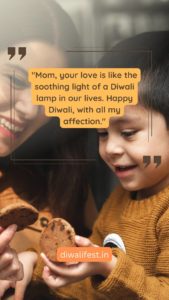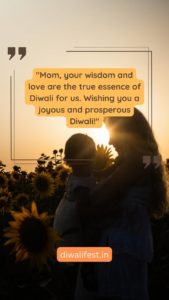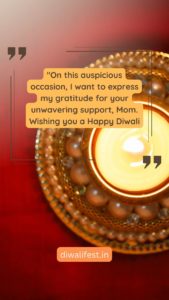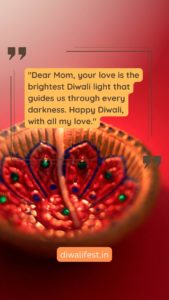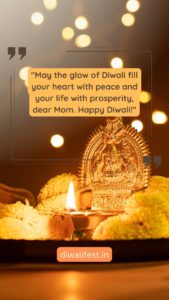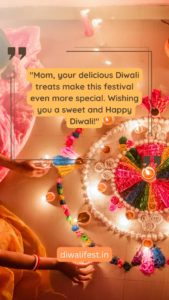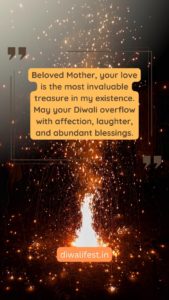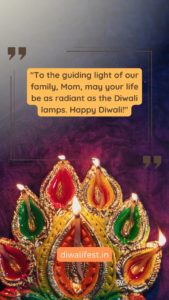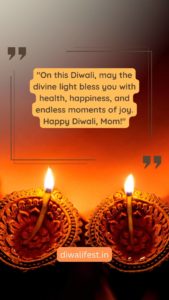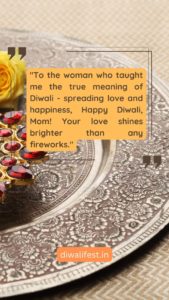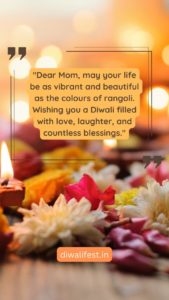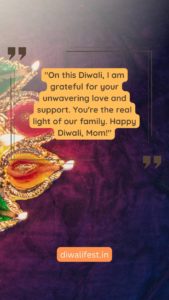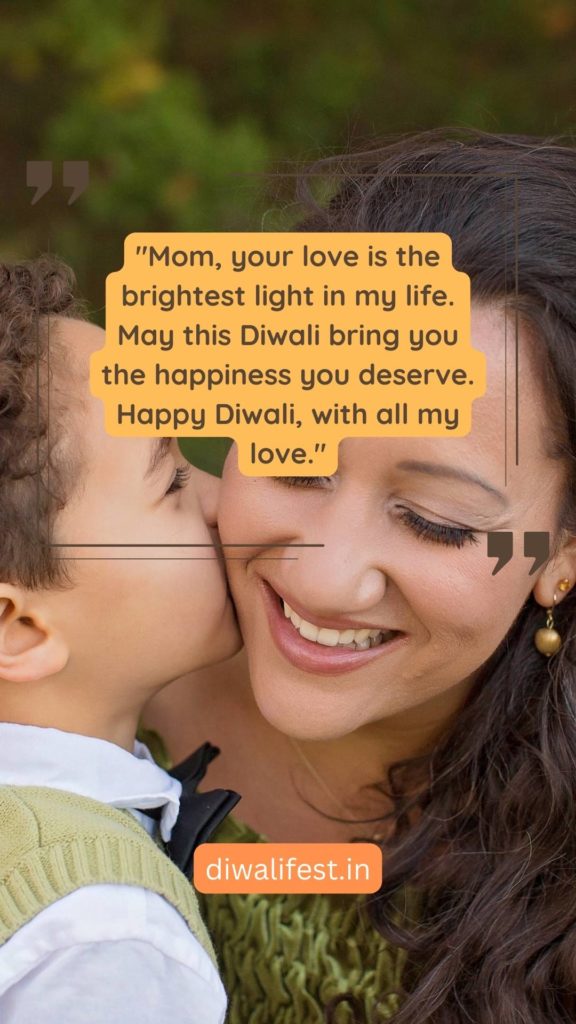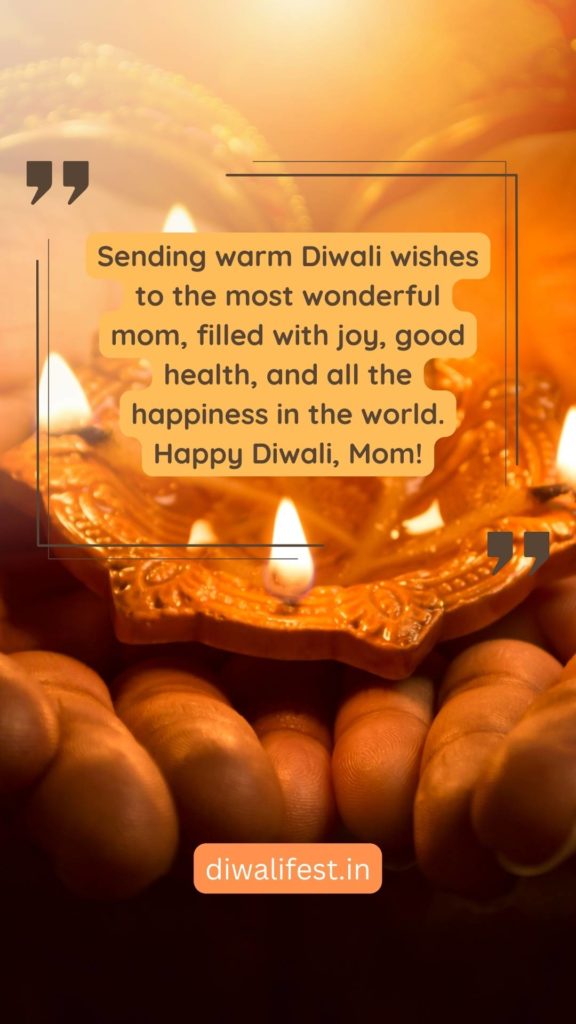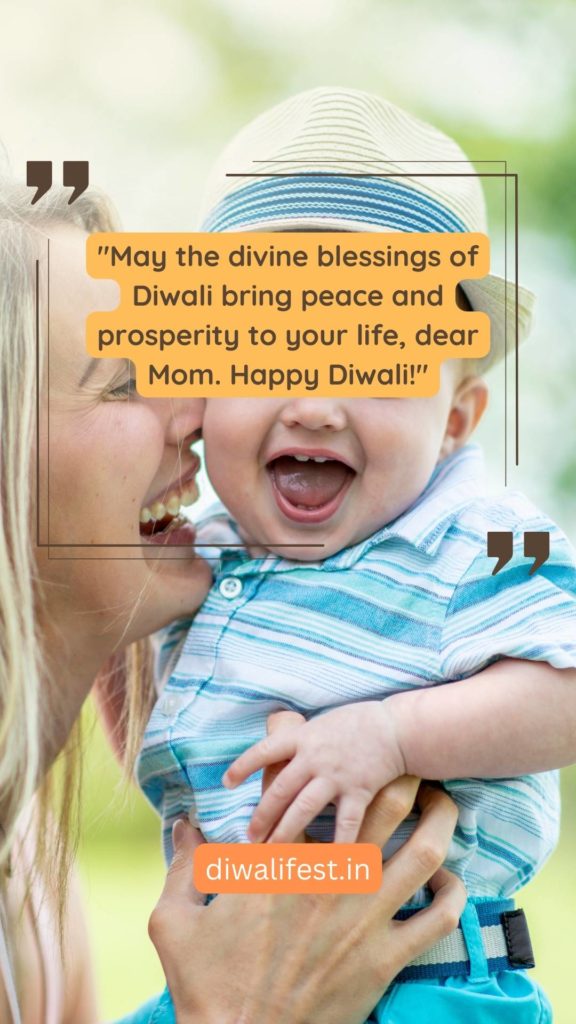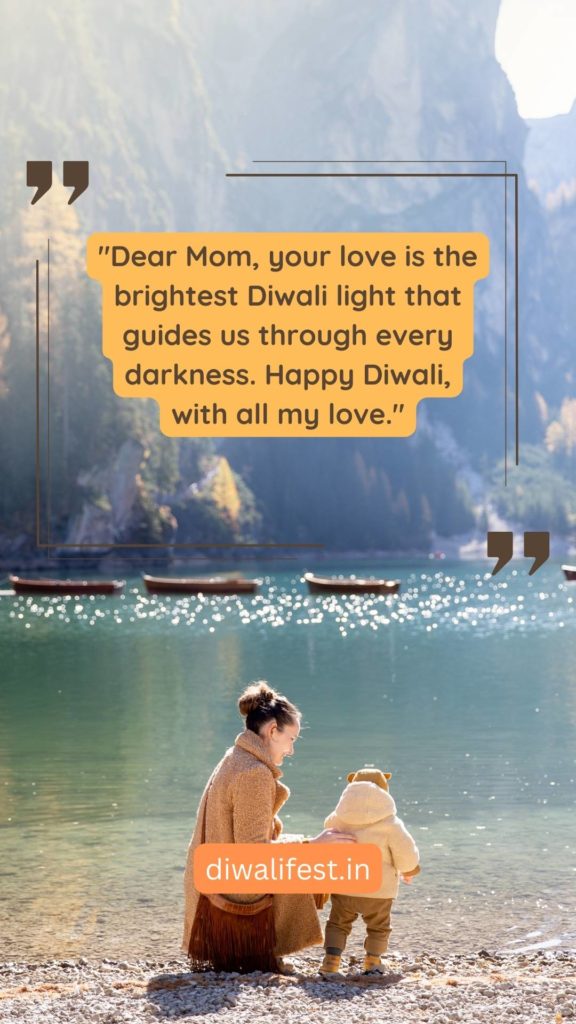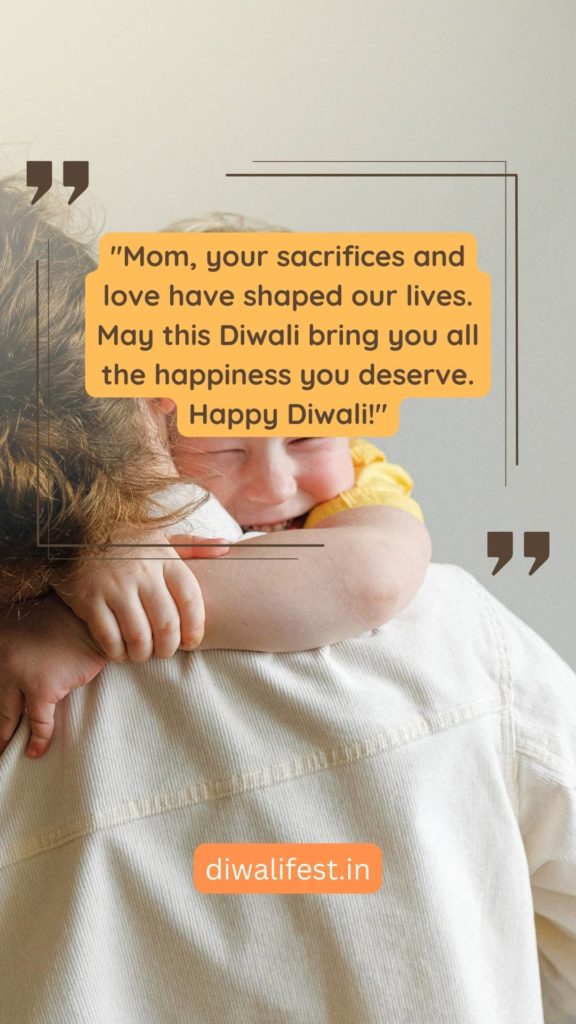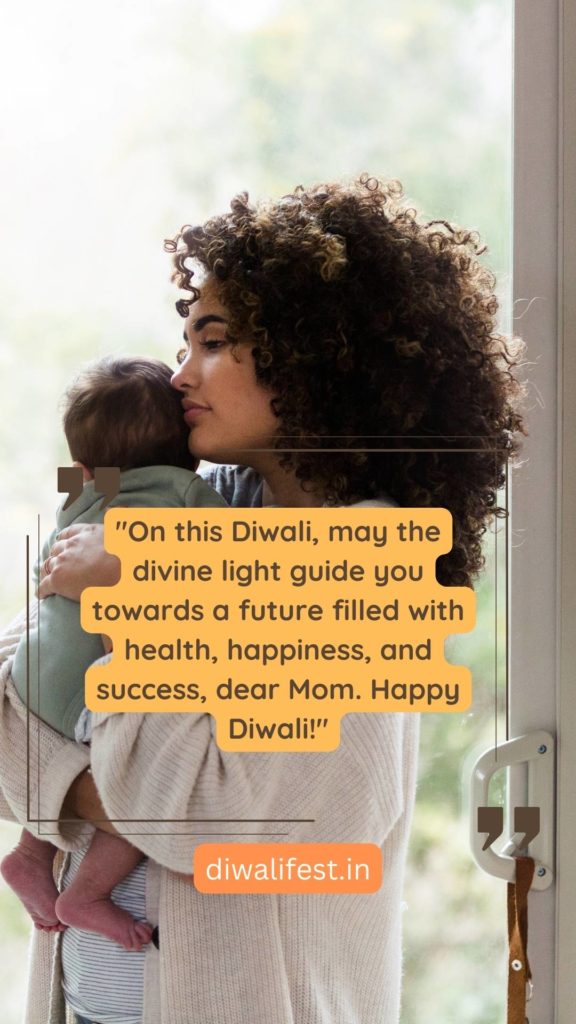Diwali: The Festival of Lights
Diwali, often called the “Festival of Lights,” is a beautiful and joyful celebration that many people worldwide love. It’s a time when we light up our homes with lamps, decorate with colorful lights, and enjoy delicious food.
In this article, we’ll learn about Diwali’s special meanings and customs. From the glow of tiny oil lamps to the exciting fireworks in the sky, Diwali is truly a magical and bright festival. Join us as we discover what makes Diwali so unique!

When is Diwali/Deepawali in 2023 ?
🧨 Sunday, 12 November 🧨
Why Diwali Matters in Hindu Culture
Diwali is super important in Hindu culture. It’s like their special day. Here’s why:
Diwali reminds Hindus that good things can beat bad things. Long ago, a hero named Lord Rama defeated a mean demon king called Ravana. Diwali celebrates this victory as a symbol of good winning over evil.
During Diwali, you’ll see lots of pretty lights. These lights are like saying, “Goodbye darkness, hello brightness!” They also stand for knowledge and wisdom.
Hindus believe that on Diwali, a goddess named Lakshmi visits their homes. She’s the goddess of wealth and luck. People want their homes to be clean and shiny to welcome her blessings.
Diwali brings families closer. It’s a time to fix arguments, forgive, and enjoy each other’s company. People get together, pray, and eat yummy food. It’s all about being united.
Some Hindus use Diwali to think about life. They make promises to be better and wiser. It’s like a fresh start, like a New Year’s resolution.Diwali is a big deal in Hindu culture because it’s not just about celebrating. It’s about being good, spreading light, and coming together with family and friends. It’s a time for happiness and new beginnings.
The Happy and Exciting Feeling of Diwali

Diwali, known as the Festival of Lights, brings joy and excitement to everyone. Here’s the reason why:
Before Diwali, houses become beautiful. There are colourful designs called rangoli at the doorstep, and tiny oil lamps, called diyas, are lit to welcome Diwali. Places are spotlessly clean and decorated with flowers, shiny garlands, and bright lights. It’s like turning your home into a magical wonderland.
Diwali is a burst of colours. People wear new, colourful clothes like bright red, gold, and other eye-catching shades. Everywhere you look, you see lively colours. It’s like a giant rainbow spreading happiness.
During Diwali, you get to enjoy the most delicious food. Families make special treats like laddoos, jalebis, and samosas. These tasty snacks are shared with family and friends, making everyone’s tummy very happy.
As the day turns to night, the sky bursts to life with mesmerizing fireworks and the exciting crackle of firecrackers. These explosive displays create loud sounds and breathtaking lights in the night sky. Families come together to witness this magnificent show, a grand celebration among the stars.
- Giving and Receiving Gifts
Diwali is a time for giving and receiving gifts. It’s like a surprise party where you get presents from family and friends. Giving gifts makes everyone feel happy and loved.
People also pray and do special rituals during Diwali. They visit temples and ask for blessings from gods and goddesses. These quiet moments of prayer add a peaceful touch to the exciting celebrations.
Diwali is a joyful and lively time when everything looks beautiful, and there’s a feeling of happiness. It’s like a big, colourful party where everyone smiles and shares. The festive spirit of Diwali is effortless to love!
Explore the historical origins of Diwali | Why Sikhs celebrate the diwali ?
Diwali, also known as Deepavali, is one of India’s most essential and widely celebrated festivals. Its historical origins are deeply rooted in ancient Indian mythology and traditions. Let’s explore the unique and easy-to-understand history of Diwali:
One of the most popular stories associated with Diwali is the epic tale of Lord Rama. According to the Hindu epic, the Ramayana, Lord Rama, his wife Sita, and brother Lakshmana underwent a 14-year exile from their kingdom. During their exile, the demon king Ravana kidnapped Rama’s wife, Sita. With the help of the monkey god Hanuman and an army of monkeys, Rama waged a fierce battle against Ravana to rescue Sita. After defeating Ravana and returning to his kingdom of Ayodhya, the people celebrated their return by lighting lamps and bursting fireworks, symbolizing the victory of light over darkness and good over evil.
- The Legend of Lord Krishna:
Diwali also features another legend involving Lord Krishna. In Gujarat, Diwali commemorates Lord Krishna’s victory over the demon Narakasura. Narakasura was believed to be a tyrant who had imprisoned many innocent women. Lord Krishna and his wife Satyabhama defeated Narakasura and freed the captives. The celebration of Diwali in this context represents the triumph of righteousness and justice.
In some areas of India, Diwali is observed as a harvest festival. This tradition is closely tied to the agricultural calendar, signifying the culmination of the harvest season and the commencement of the new agricultural year. Farmers convey their appreciation to the deities for a productive harvest through prayers, adorning their homes with lamps, and spreading their prosperity with fellow community members.
Diwali holds a special significance for Jains as it commemorates the spiritual awakening of Lord Mahavira, the 24th Tirthankara (spiritual teacher) of Jainism. His attainment of nirvana (enlightenment) is celebrated during this time, emphasizing the importance of spiritual enlightenment and the removal of ignorance.
In Sikhism, Diwali is known as “Bandi Chhor Divas,” which means the “Day of Liberation.” It marks Emperor Jahangir’s release of Guru Hargobind Ji and 52 other princes from imprisonment in the Gwalior Fort. Sikhs celebrate this day by lighting lamps and visiting gurdwaras (Sikh temples).
In conclusion, Diwali has a rich tapestry of historical origins and legends, reflecting the diversity of India’s cultural and religious traditions. The festival symbolizes the victory of light over darkness, good over evil, and the importance of spiritual enlightenment. Diwali is a time for families to come together, exchange gifts, and celebrate the triumph of positivity and righteousness.
What are the various customs and rituals observed during Diwali?

Diwali, often referred to as the “Festival of Illumination,” unfolds with myriad unique customs and rituals that paint a colourful mosaic across the varied regions of India. Here are some of the prominent customs and rituals observed during Diwali:
Lighting of Lamps and Diyas:
Diwali’s essence revolves around illuminating homes and public areas. Amid this festival, people kindle the radiance of oil lamps (diyas), candles, and decorative lights, not only as a symbol of conquering darkness with light but also as an invocation of the kindness of Lakshmi, the goddess who brings wealth and prosperity.
Colorful rangoli designs are created at the entrance of homes and courtyards. These intricate patterns made with coloured powders, rice, or flower petals serve as decorative art and invite good luck and prosperity.
Families perform a special puja (prayer) on the main Diwali day to honour different deities. Goddess Lakshmi, Lord Ganesha (the elephant-headed god of wisdom and new beginnings), and other regional deities are worshiped to seek their blessings for wealth, wisdom, and success. Temples come alive with vibrant flowers and sparkling lights, while devotees present sweets, fruits, and fragrant incense offerings.
Gifting is an integral part of Diwali. Families and friends exchange sweets, dry fruits, and gifts as a gesture of love and goodwill. It symbolizes the sharing of happiness and reinforcing bonds.

In the weeks leading up to Diwali, homes are thoroughly cleaned and renovated. Cleaning and Decoration signifies the removal of negative energy and the preparation for the arrival of positivity. Homes are decorated with colourful rangoli, flowers, and colourful lanterns.
Although fireworks hold a significant place in Diwali festivities, there is a growing awareness concerning the environmental and health consequences of excessive firecracker usage. In recent years, there has been a shift towards more eco-friendly celebrations with fewer fireworks.
In some regions, playing cards and gambling during Diwali is a traditional custom believed to bring good luck. Families gather to engage in friendly card games like Teen Patti and Rummy.
Diwali is also celebrated with grand community events, processions, and cultural performances. These gatherings bring people together, fostering a sense of unity and belonging.
Some people observe a day-long fast during Diwali, breaking it only after performing the evening puja. The type of fasting and its duration may vary by region and individual preferences.
- Charity and Acts of Kindness:
Diwali encourages people to give to the less fortunate. Many individuals and organizations distribute food, clothing, and essentials to those in need as an expression of compassion and social responsibility.
These customs and rituals make Diwali a vibrant and diverse festival, celebrated with a sense of unity and a deep spiritual significance. It promotes the values of family, community, and the triumph of good over evil, fostering a sense of joy and togetherness among people of all backgrounds.
What are the fashion trends during Diwali, including traditional attire such as sarees and kurta-pajamas?
Fashion trends during Diwali showcase a splendid blend of traditional elegance and contemporary styles. Let’s explore the fashion trends, mainly focusing on traditional attire like sarees and kurta-pajamas:
Sarees are a timeless and quintessential choice for many women during Diwali celebrations. They come in an extensive range of fabrics, designs, and colours. Some popular choices include silk sarees like Kanjeevaram, Banarasi, and Chanderi sarees. These sarees are often embellished with intricate zari work, embroidery, and stone or mirror work. Bright and vibrant colours like red, orange, pink, and gold are favoured, as they symbolize joy and prosperity.
Lehengas are another popular choice for women during Diwali. These three-piece ensembles include a flared skirt, a blouse, and a dupatta (scarf). They are adorned with heavy embroidery, sequins, and intricate designs. Lehengas come in various styles, from traditional to contemporary, allowing women to express their personal fashion preferences.
Anarkali suits are characterized by their long, flowy frock-style kameez (top) paired with fitted churidar (leggings) or salwar (loose pants). These suits are often crafted from luxurious fabrics like silk, chiffon, and georgette, featuring exquisite embroidery and embellishments. They provide a graceful and regal look, making them a preferred choice for Diwali gatherings.
For men, the traditional kurta-pajama combination remains a classic choice during Diwali. Kurta pyjamas blend comfort and style in various fabrics, from casual cotton for a relaxed look to luxurious silk for a more formal and sophisticated appearance. Many men accessorize their kurta-pajamas with Nehru jackets or waistcoats to add a touch of sophistication.
Men often opt for sherwanis for formal Diwali events and family gatherings. Sherwanis are long, embroidered coats paired with churidar or dhoti (traditional Indian attire). These outfits exude elegance and are often embellished with intricate threadwork, sequins, and buttons.
Modern fashionistas often experiment with Indo-Western fusion outfits. These combine traditional embroidery and intricate patterns with contemporary cuts and silhouettes. For example, women might pair a saree with a trendy blouse or accessorize their outfits with contemporary jewellery.
Diwali attire is often complemented with traditional accessories such as statement necklaces, jhumka earrings, bangles, and ornate hairpins for women. Men might use turbans, stoles, or brooches to complete their traditional look.
Bright and bold colours are favoured during Diwali. For women, red, gold, orange, and pink dominate the colour palette, symbolizing festivity and prosperity. Men often choose outfits in earthy tones like cream and beige or deep jewel colours like royal blue and maroon.
In summary, Diwali fashion trends seamlessly blend tradition with modernity, allowing individuals to express their style and celebrate the festival with elegance and panache. Whether it’s the timeless grace of sarees and kurta-pajamas or the fusion of contemporary and traditional elements, Diwali attire reflects the vibrant spirit of the festival.
What are some of the Diwali gifts typically exchanged during the festival?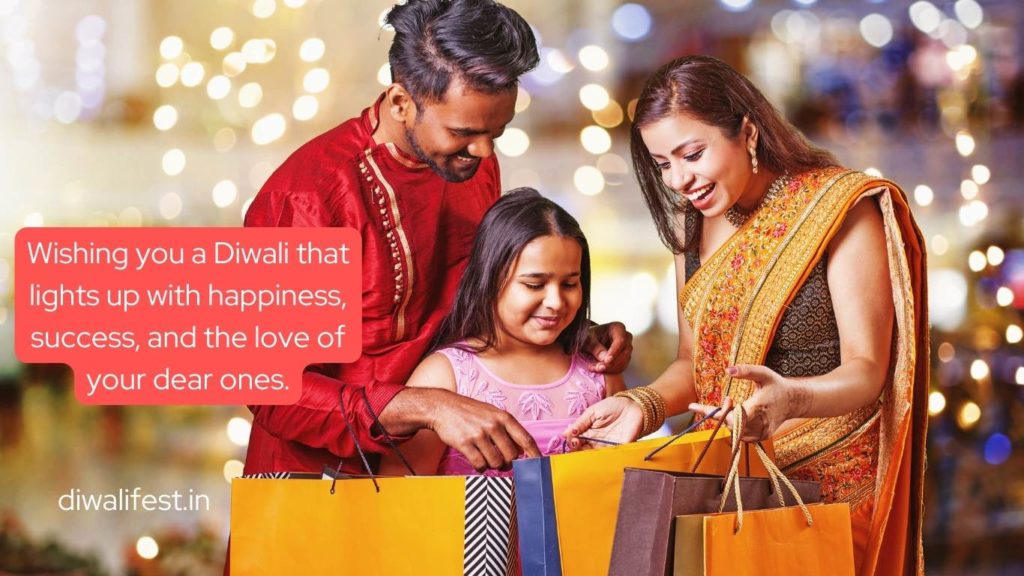
- Sweets and Dry Fruits: These are traditional Indian sweets like laddoos, barfis, gulab jamuns, and various dry fruits, including almonds, cashews, and pistachios, commonly exchanged as Diwali gifts. Click here
- Decorative Items: Diyas (oil lamps), candles, and decorative candle holders are commonly gifted as they symbolize the festival of lights. Check here
- Home Decor: Decorative items like wall hangings, rangoli designs, and festive tableware make excellent Diwali gifts, adding a touch of beauty to the recipient’s home. Click Here
- Clothing: Traditional Indian clothing such as sarees, kurta-pajamas, and lehengas are cherished gifts, especially for family members and close friends. Click here
- Jewellery: Gold and silver jewellery, including earrings, necklaces, and bangles, are often given as valuable and enduring gifts. Click here
- Electronics: Gadgets like smartphones, tablets, and headphones are modern Diwali gift choices, especially for tech-savvy individuals. Click here
- Personalized Gifts: Customized items like engraved nameplates, photo albums, and personalized calendars add a personal touch to the gift. Click here
- Perfumes and Cosmetics: Fragrances, skincare products, and makeup sets are thoughtful gifts for loved ones. Click here
- Books: For those who enjoy reading, gifting books by favourite authors or on subjects of interest is a thoughtful gesture. Click here
- Gift Hampers: Diwali gift hampers often include a mix of chocolates, snacks, and assorted goodies, making them delightful presents. Click here
- Plants: Potted or indoor flowering plants are eco-friendly and symbolic of growth and prosperity. Click here
- Art and Crafts: Handcrafted items, such as paintings, sculptures, or handmade cards, showcase creativity and make unique gifts.
- DIY and Homemade Gifts: Some create homemade gifts like candles, soaps, or baked goods, adding a personal and heartfelt touch. Click here
- Gift Cards: When uncertain about preferences, gift cards for popular stores or online retailers allow recipients to choose what they need. Click here
- Charitable Donations: In the spirit of giving, some individuals make charitable donations on behalf of their loved ones, supporting a meaningful cause to the recipient.
Are more people becoming aware of eco-friendly Diwali celebrations, and what are some of the noticeable changes and efforts related to this trend?

The awareness of eco-friendly Diwali celebrations has steadily grown in recent years, reflecting a broader global consciousness towards environmental sustainability. This shift in focus emphasizes the need to reduce the environmental impact of Diwali festivities. Here are some key highlights of this trend:
1. Reduced Firecracker Use: One of the most significant environmental concerns during Diwali has been the excessive use of fireworks, leading to air and noise pollution. Many individuals and communities now opt for quieter and less polluting celebrations by reducing or eliminating firecrackers.
2. Sustainable Decorations: People increasingly use eco-friendly materials for Diwali decorations, such as natural dyes, organic rangoli colours, and reusable decorations. Eco-friendly Decorations minimize waste and support sustainable practices.
3. Plant Gifting: The trend of gifting potted plants or saplings during Diwali promotes green living and symbolizes growth and prosperity. It encourages recipients to nurture and care for the environment.
4. Eco-friendly Diyas and Candles: Traditional oil lamps (diyas) made from biodegradable materials are gaining popularity over wax candles. These eco-friendly diyas can be reused or disposed of without harming the environment.
5. Sustainable Gift Choices: People choose eco-friendly gifts such as reusable products, organic goods, and items made from recycled materials. These gifts align with eco-conscious values and promote a greener lifestyle.
6. Awareness Campaigns: Various organizations, communities, and environmental activists are raising awareness about the environmental impact of Diwali celebrations. They encourage individuals to adopt more sustainable practices and provide information on eco-friendly alternatives.
7. Charitable Initiatives: Many Diwali celebrations now include charitable donations and acts of kindness towards nature and society. This reflects a broader understanding of the interconnectedness of environmental and social well-being.
8. Solar-Powered Decorations: Some households and communities are turning to solar-powered decorative lights and lanterns, reducing electricity consumption and carbon emissions.
9. Public Initiatives: Several cities and regions have implemented regulations to control air and noise pollution during Diwali. These measures promote eco-friendliness and reduce the environmental impact of the festival.
In summary, the growing awareness of eco-friendly Diwali celebrations is a positive response to the environmental challenges associated with the festival. It reflects a collective commitment to reducing waste, conserving resources, and celebrating Diwali in a way that is in harmony with nature. This shift towards sustainability benefits the environment and contributes to a healthier and more meaningful festival experience.
Certainly! Embracing the spirit of Diwali is not limited to any specific community. Still, it is a celebration that people from all walks can appreciate. Here’s an encouraging message to all readers, regardless of their cultural background:
“Diwali, the festival of lights, offers a beautiful message of hope, unity, and the triumph of good over evil. Regardless of your cultural or religious background, you can embrace the spirit of Diwali by spreading joy, love, and positivity. Use this occasion to strengthen bonds with your loved ones, show kindness to others, and light up your surroundings with warmth and goodwill. Let the spirit of Diwali inspire you to be a beacon of light, making the world a brighter and more harmonious place for all. Happy Diwali!”
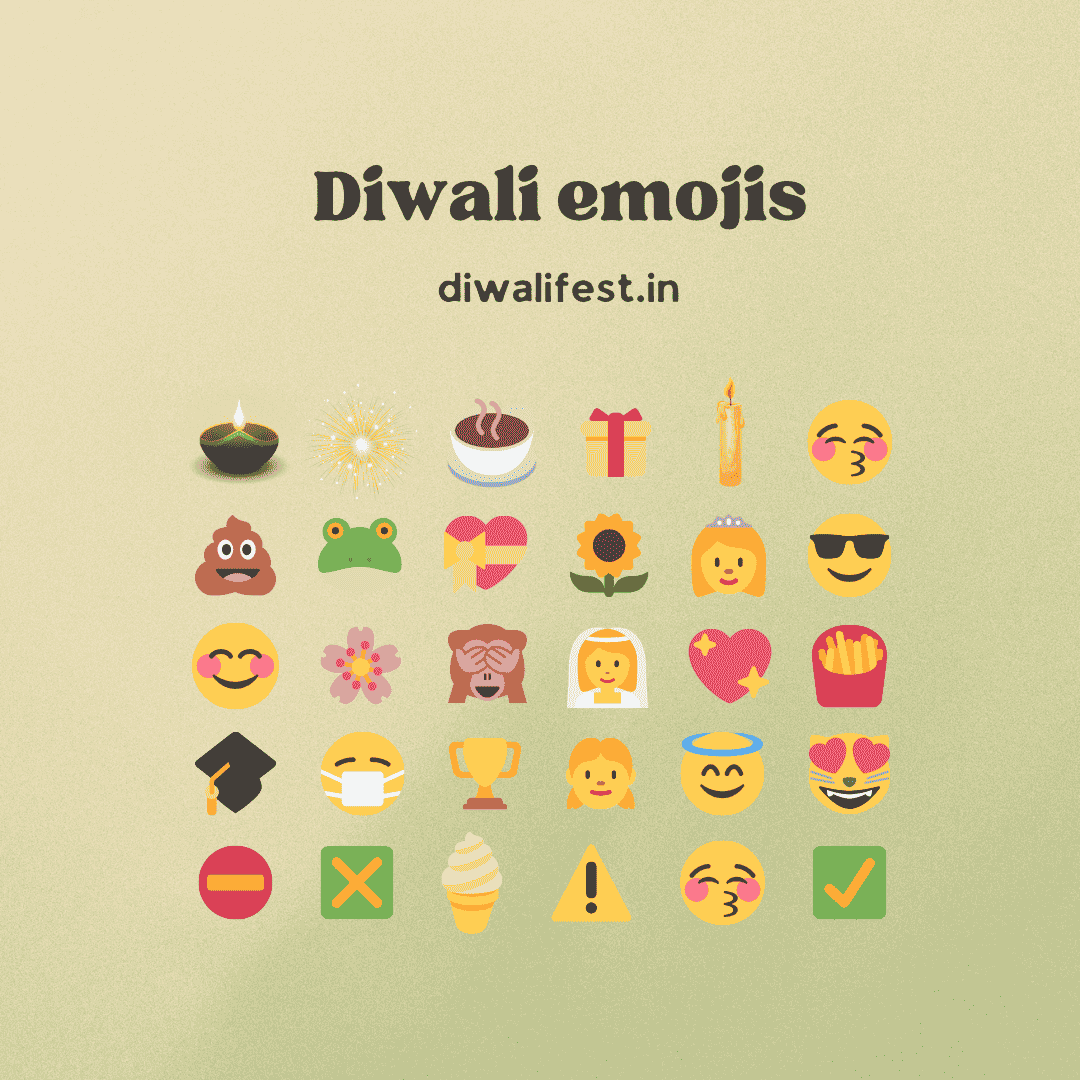
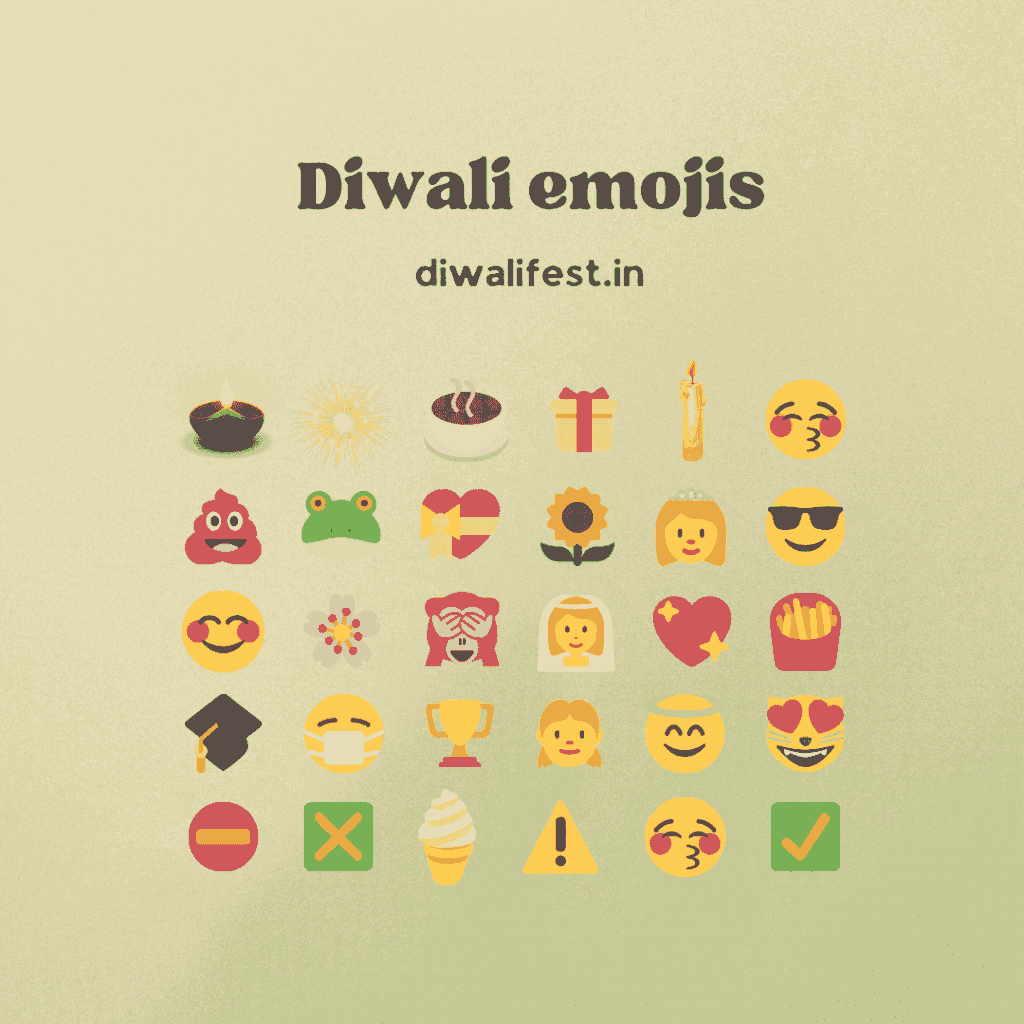
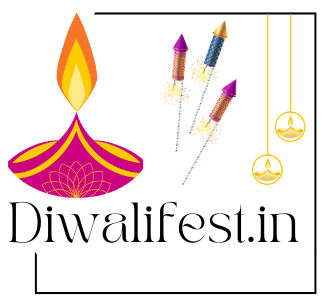


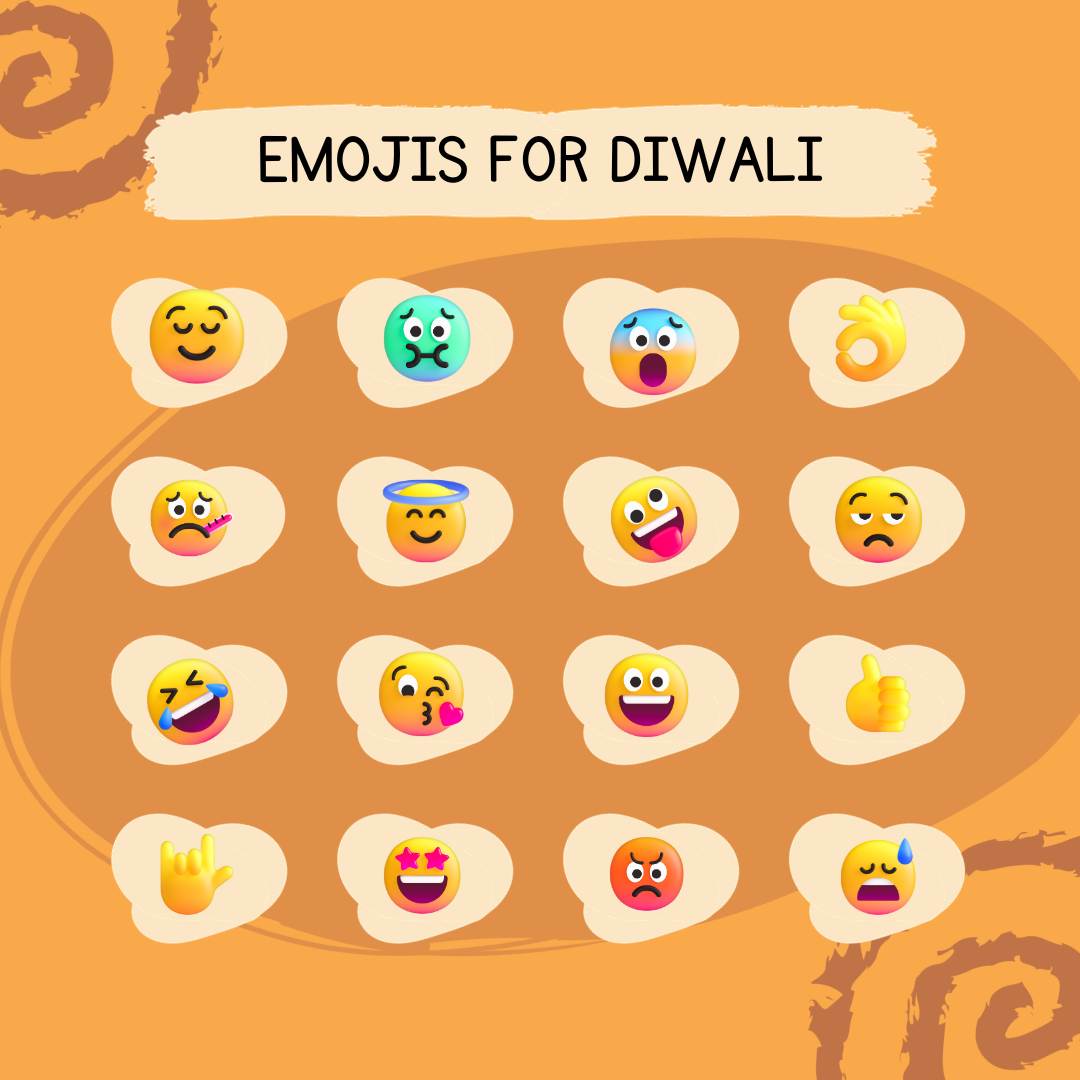
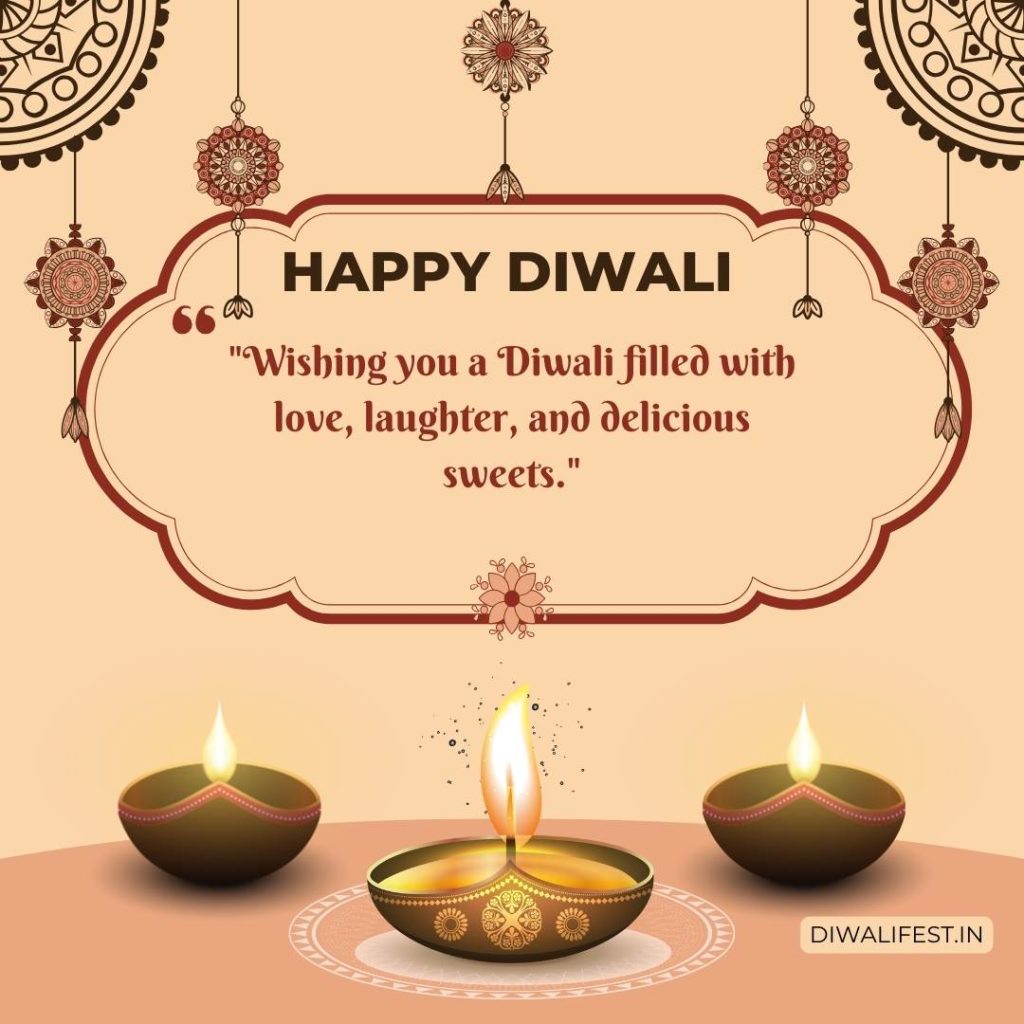
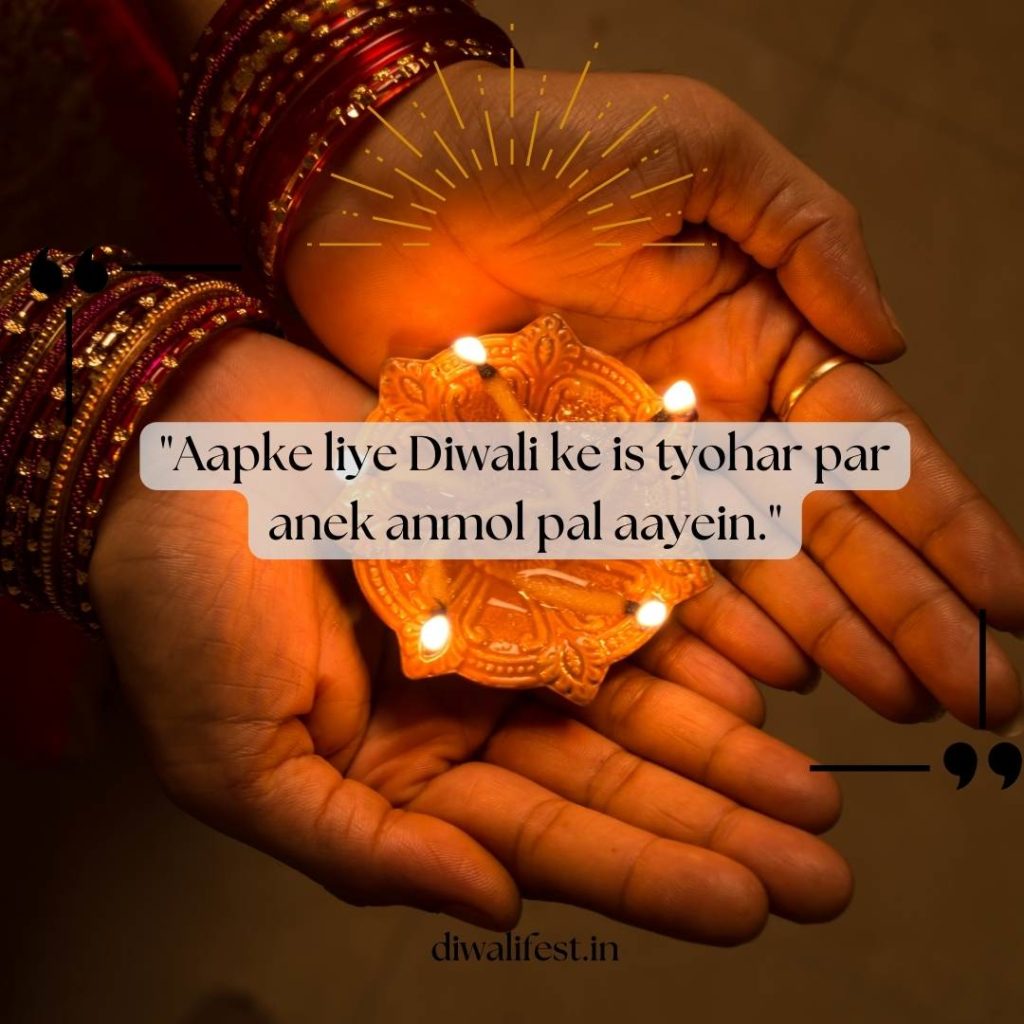


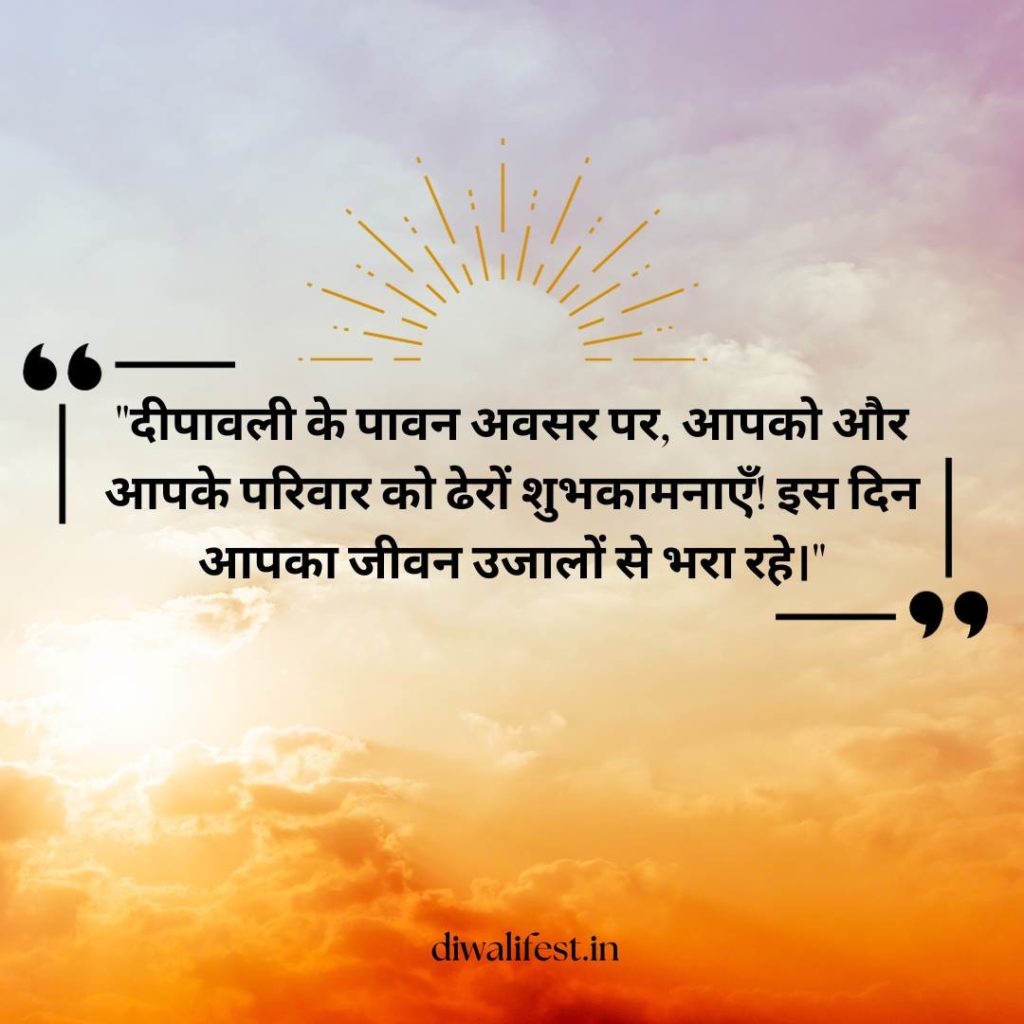
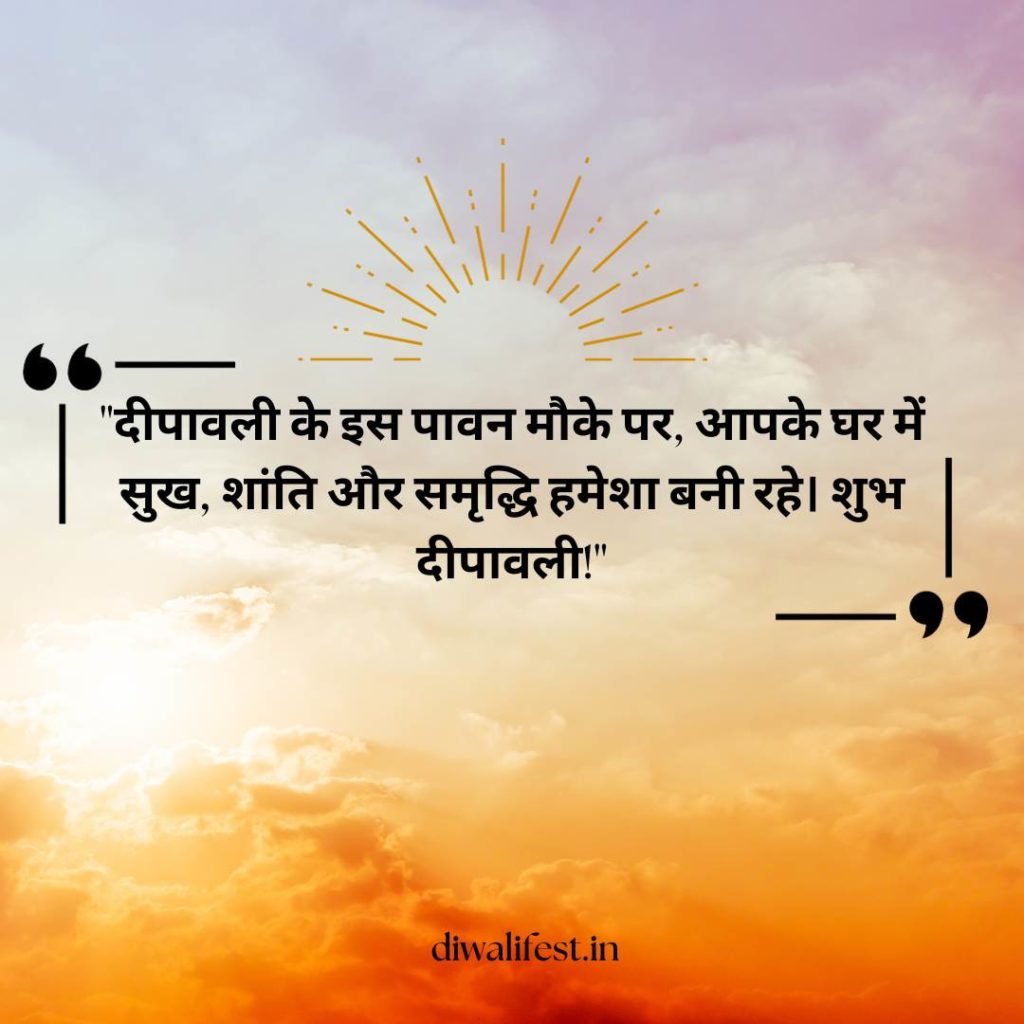
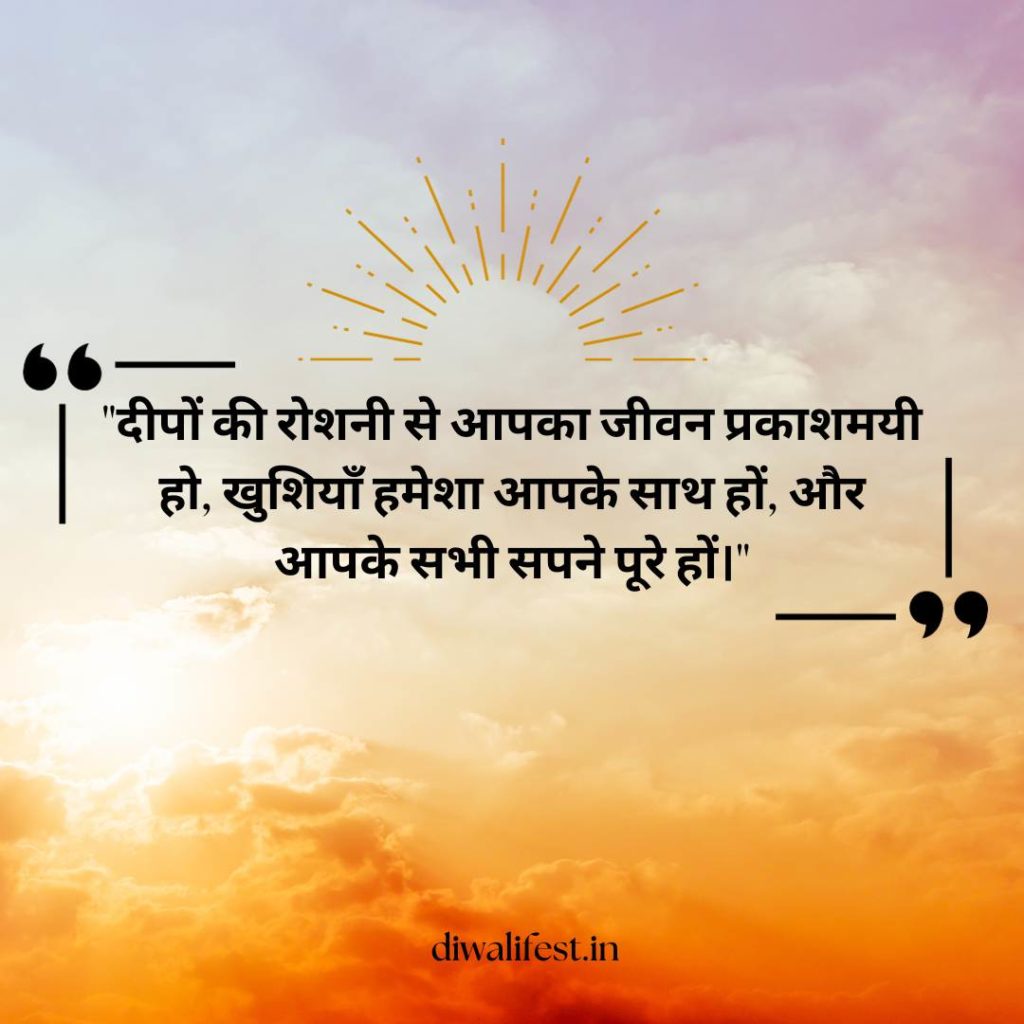
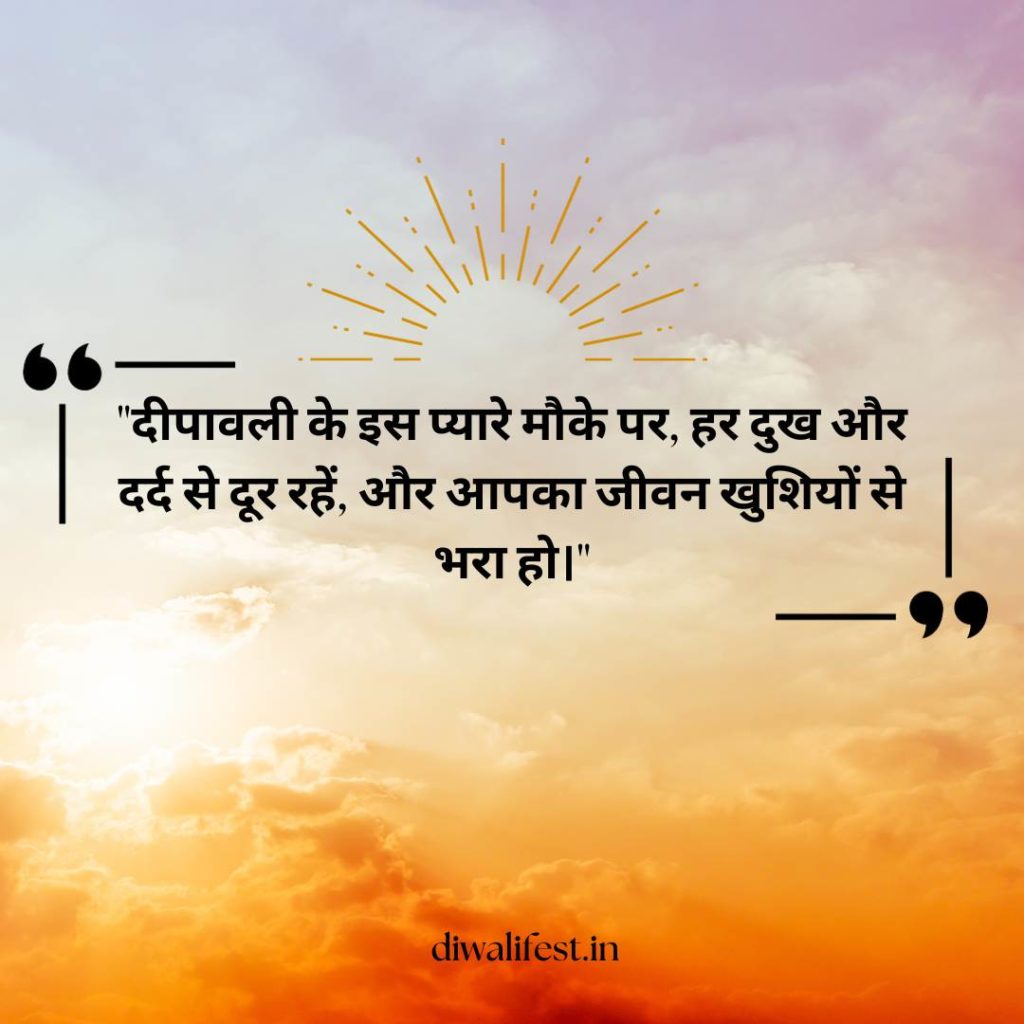
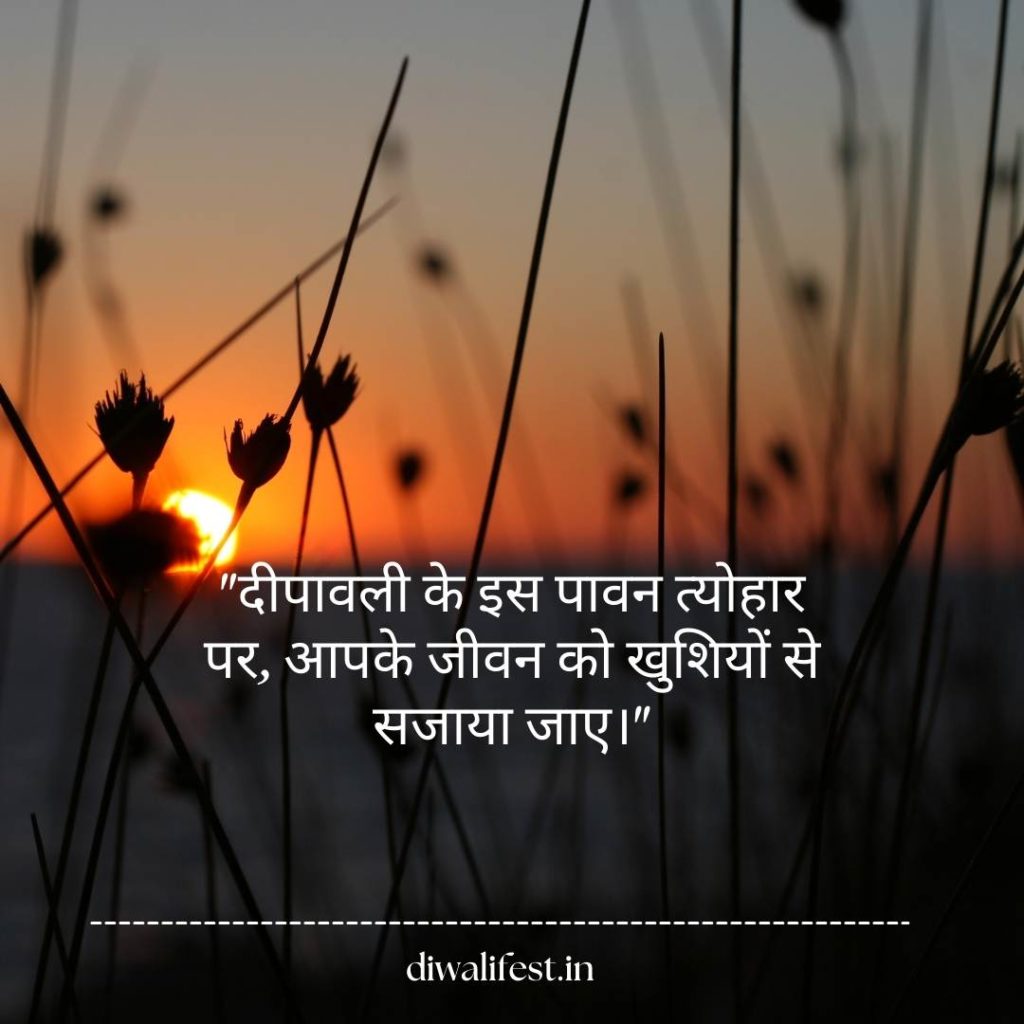
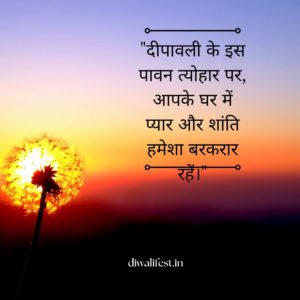
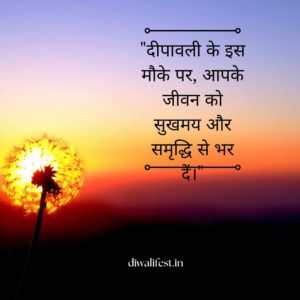
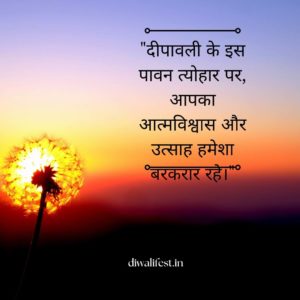
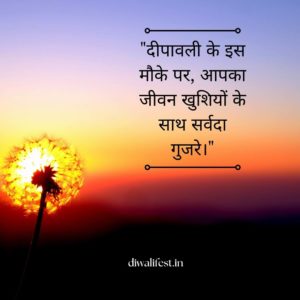
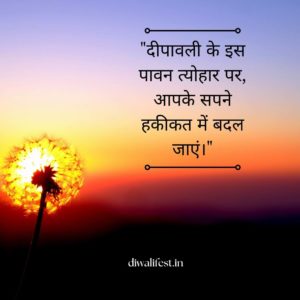
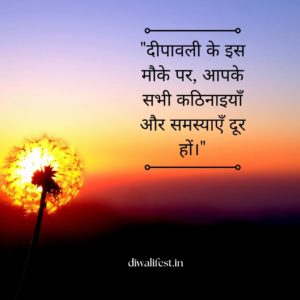
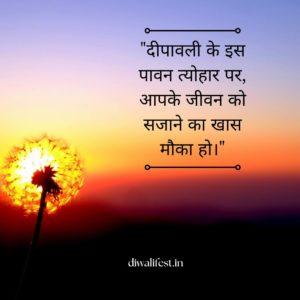
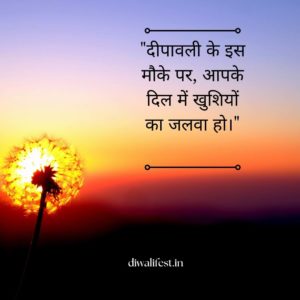
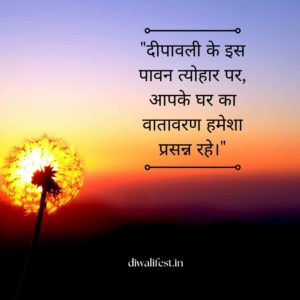
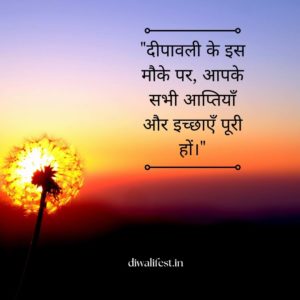
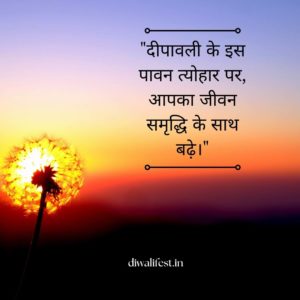
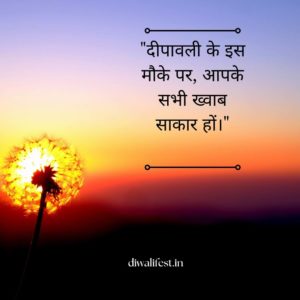

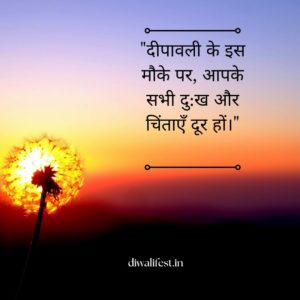
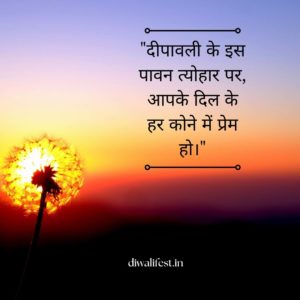
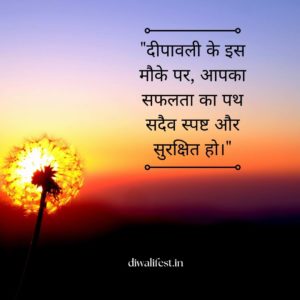
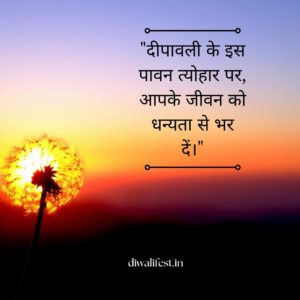
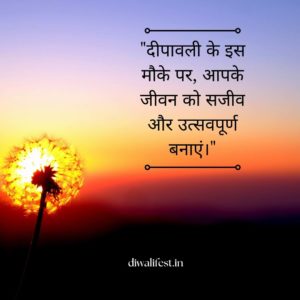
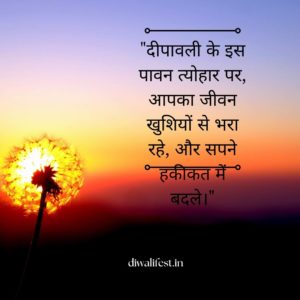


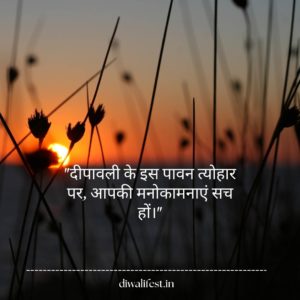







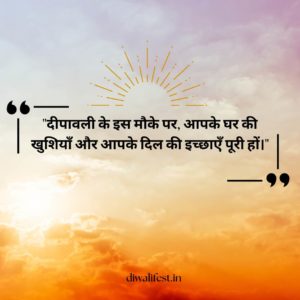
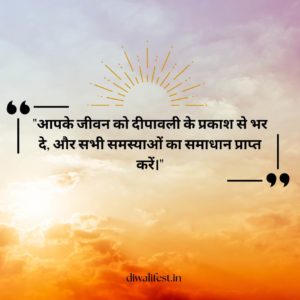
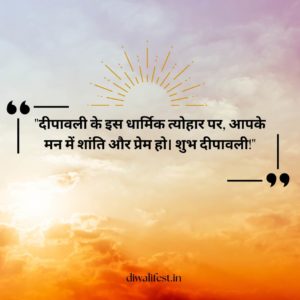
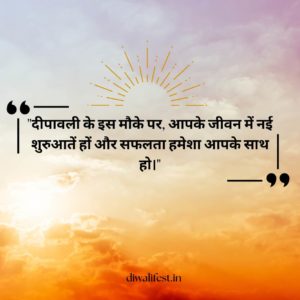
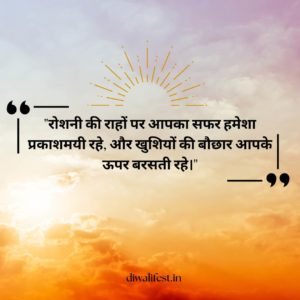
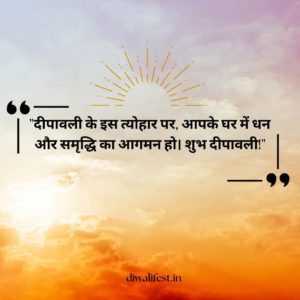

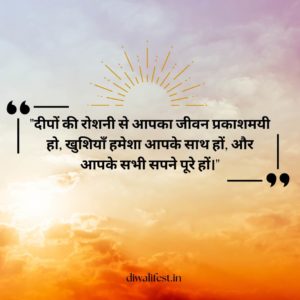
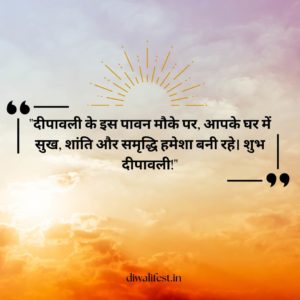


 OFFERS
OFFERS
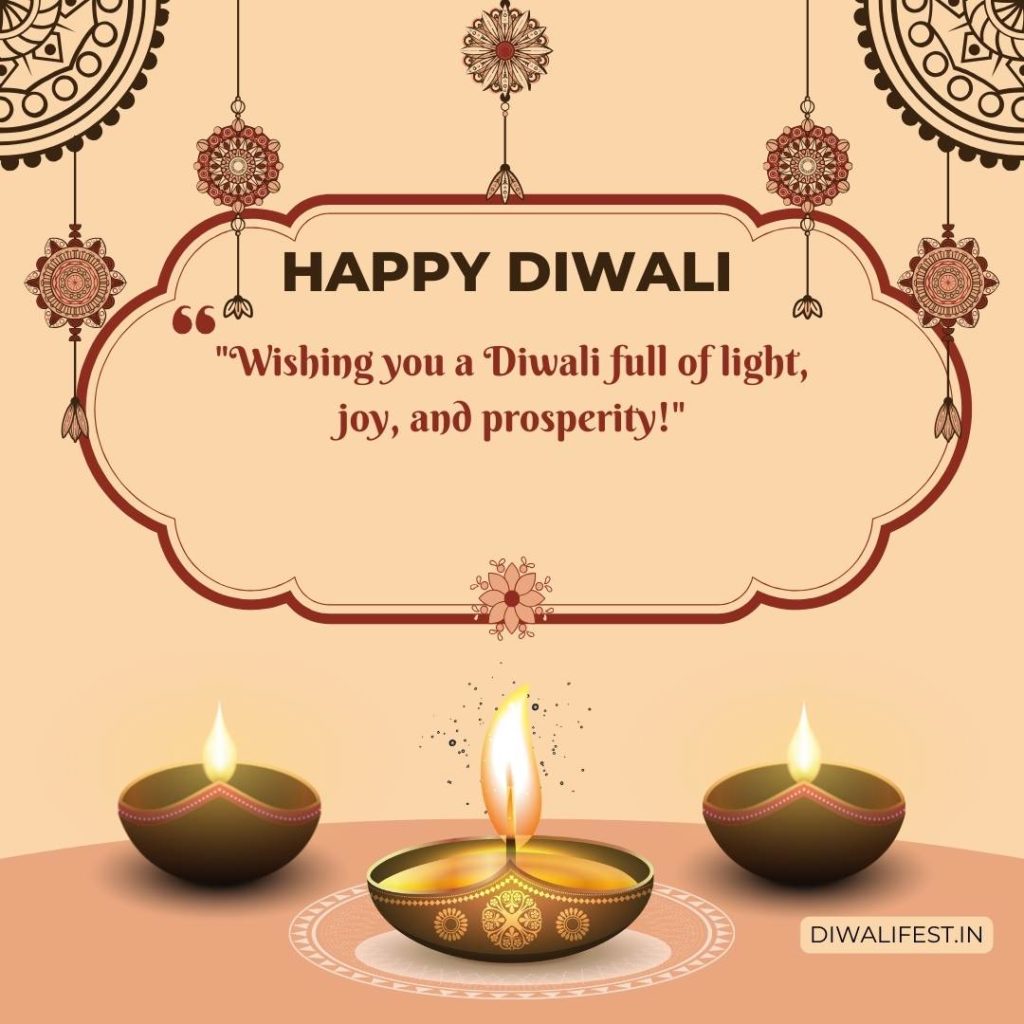
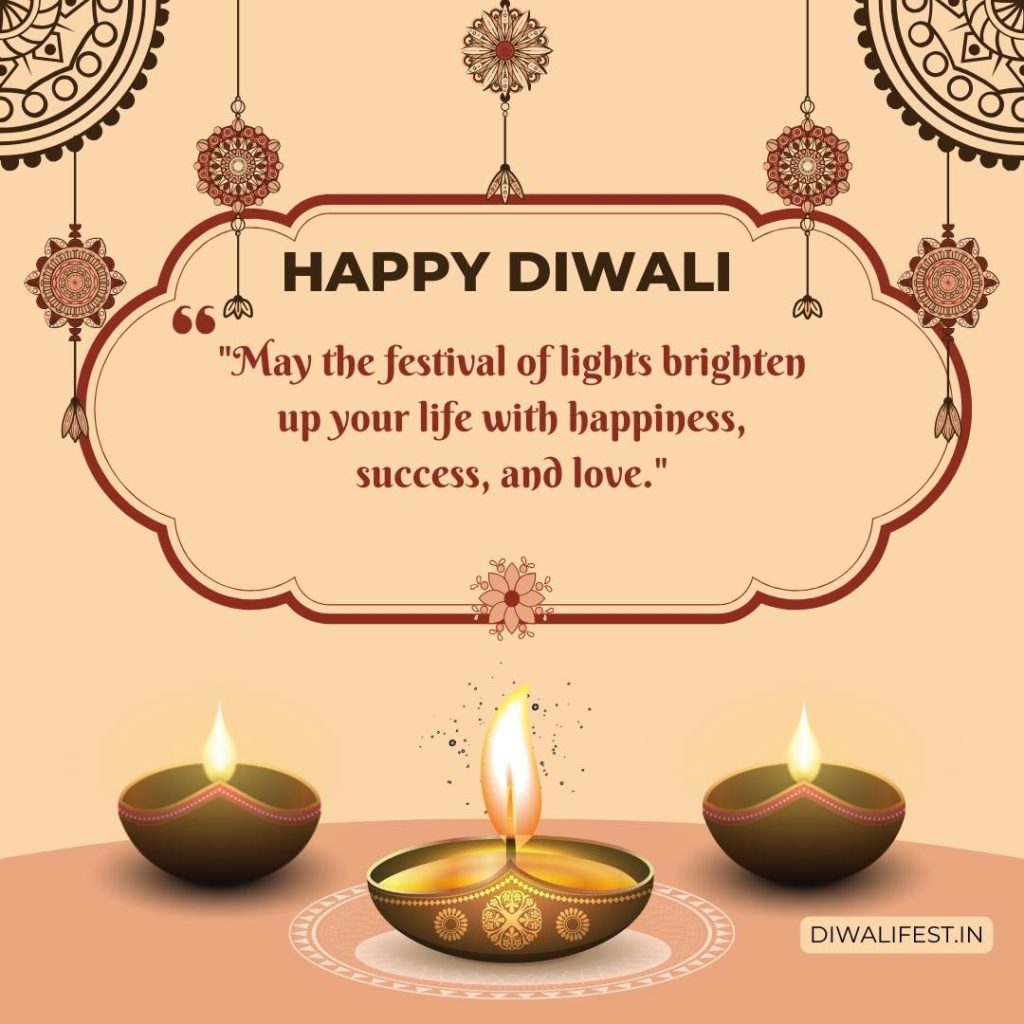
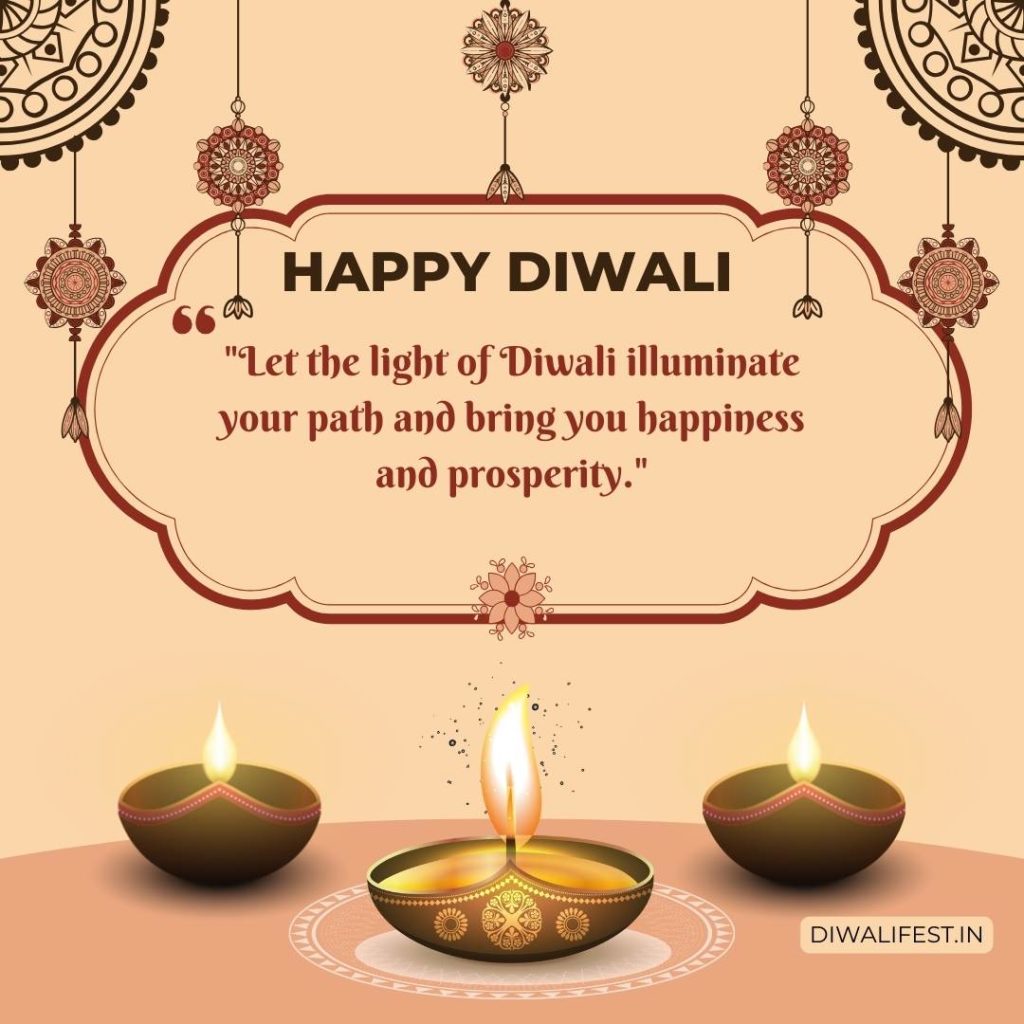
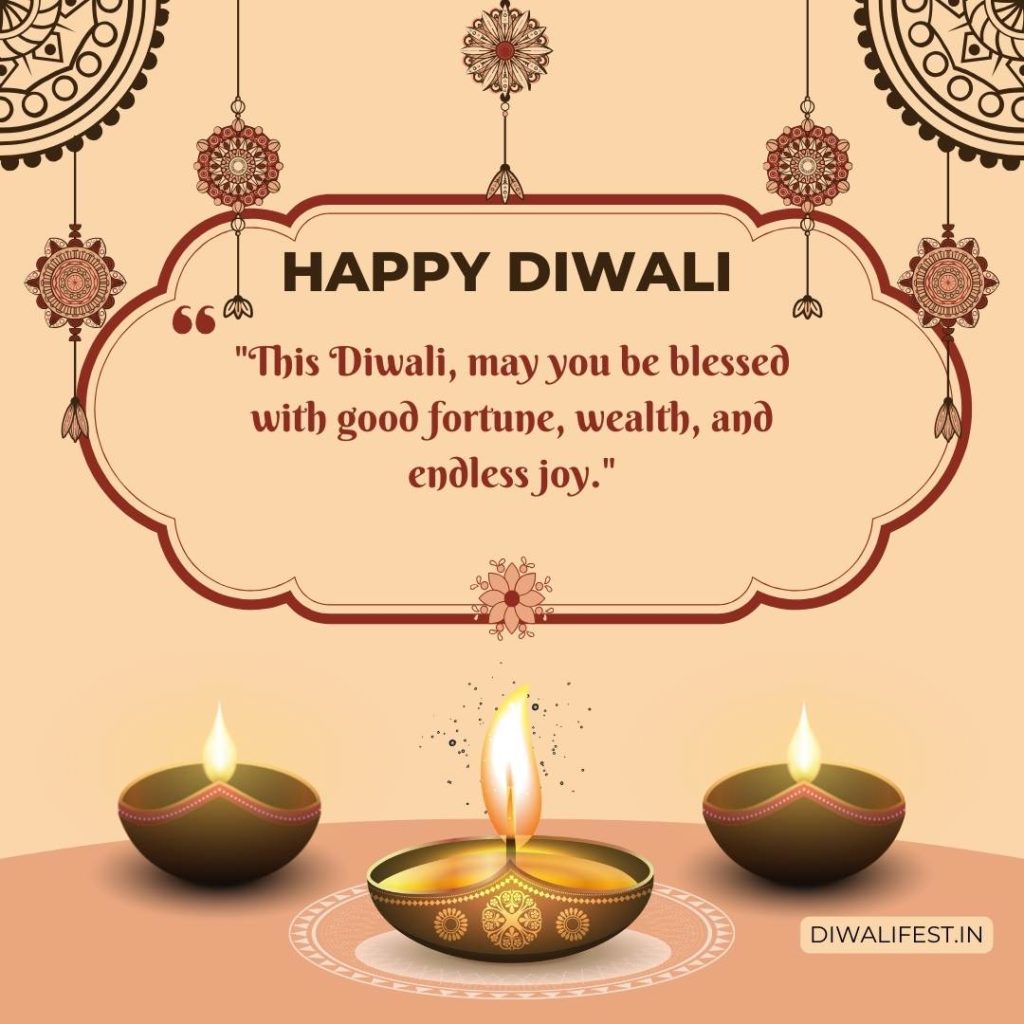

















































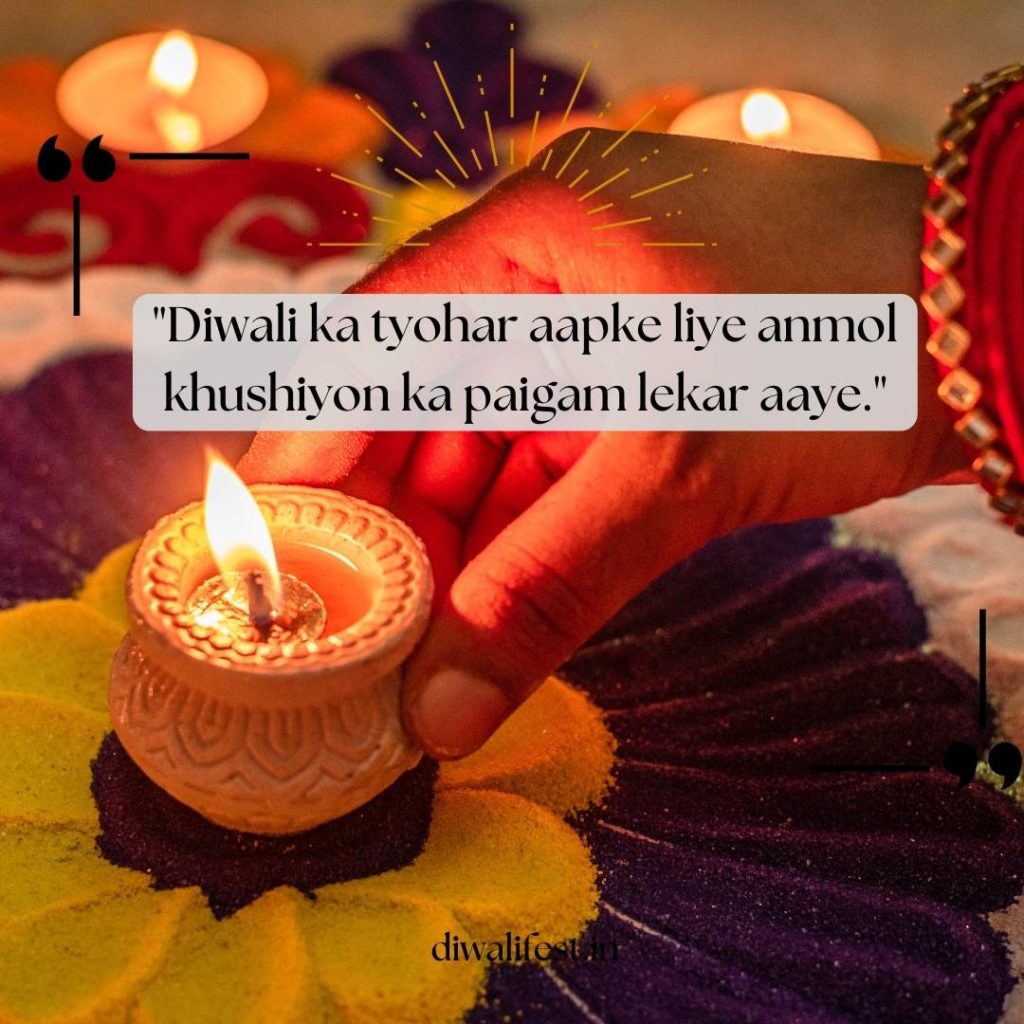
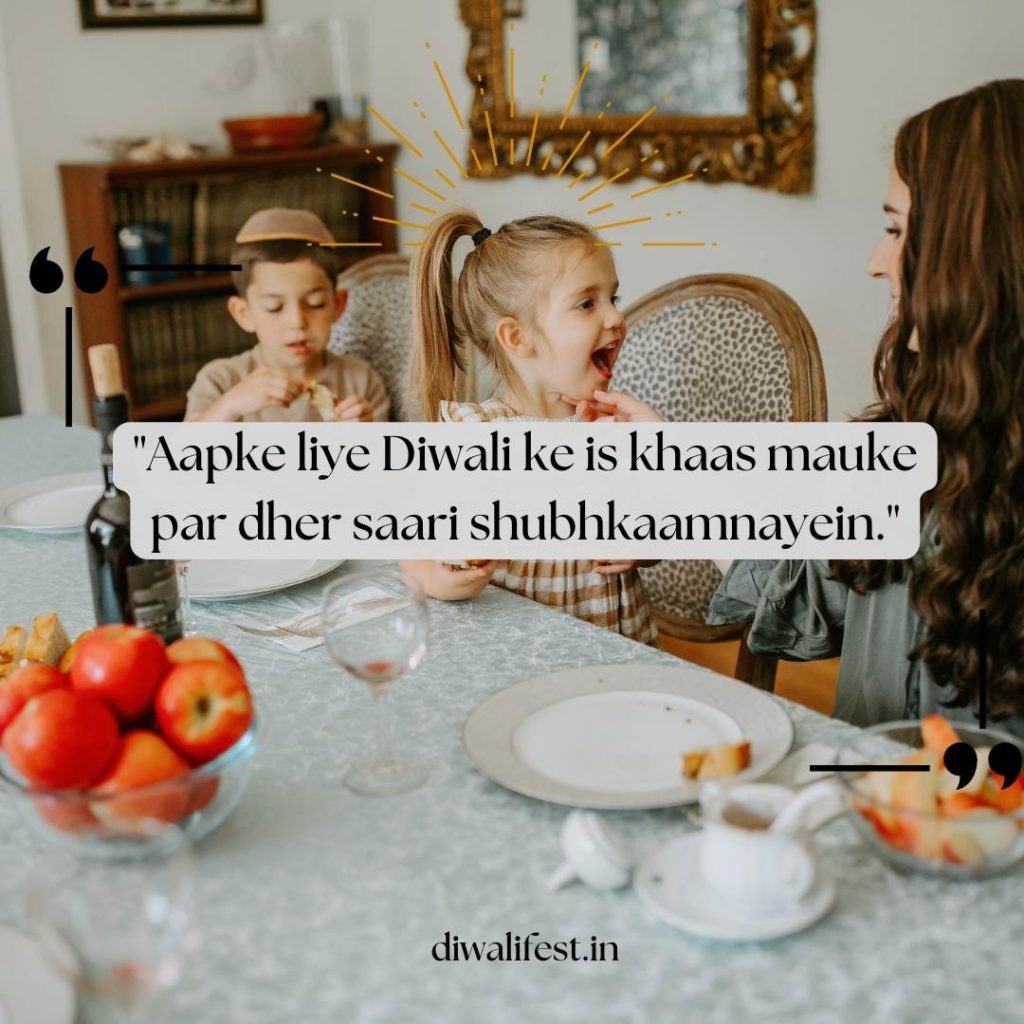
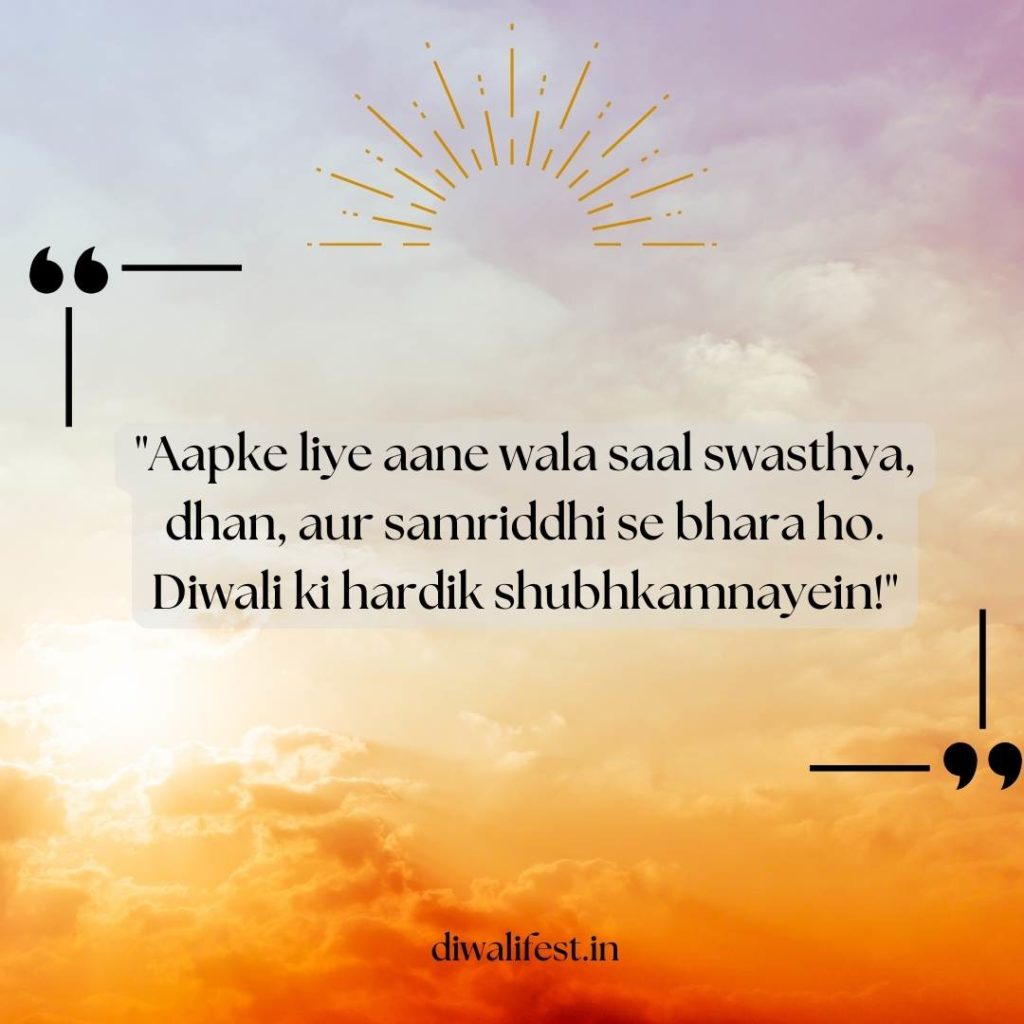
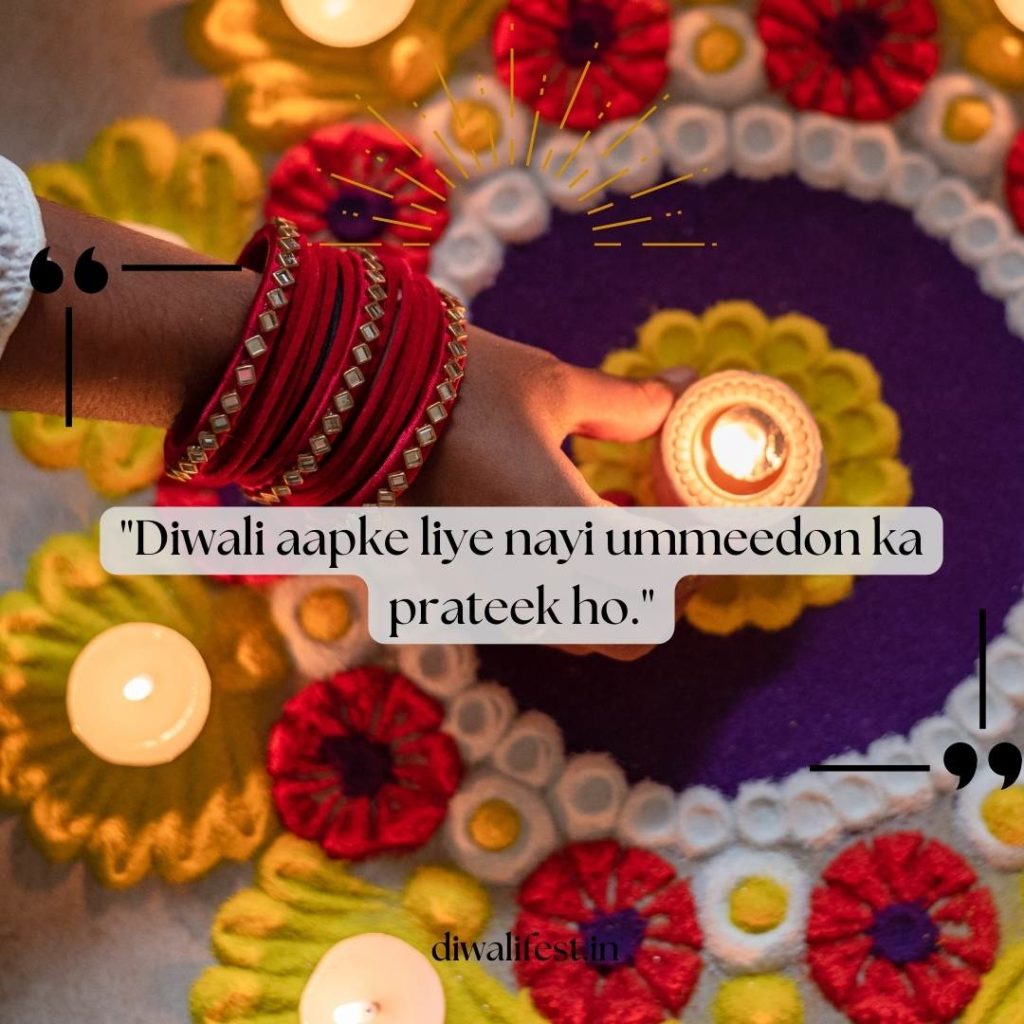
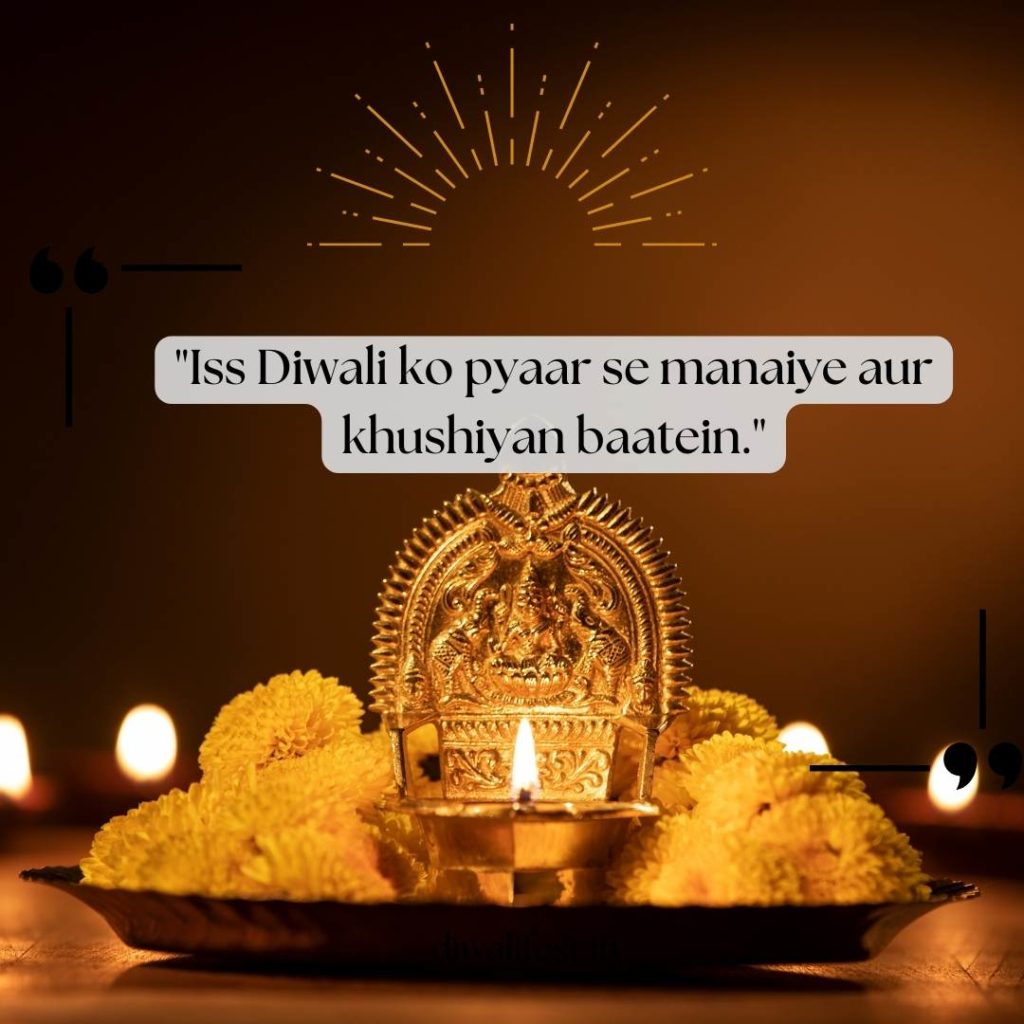

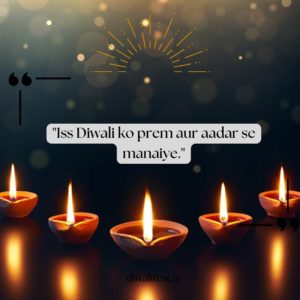
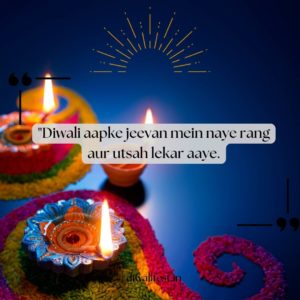
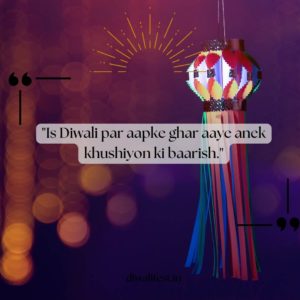
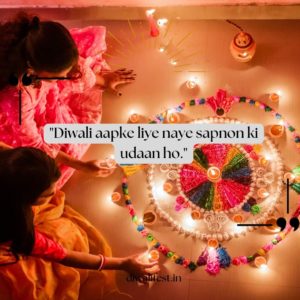
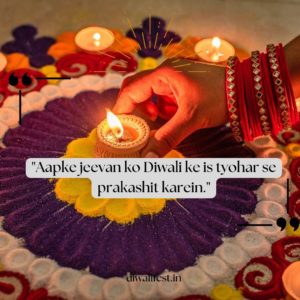


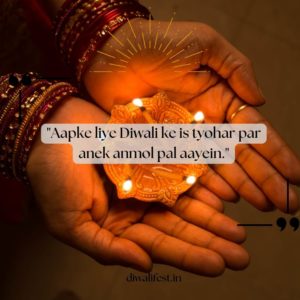
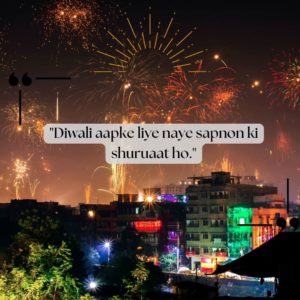
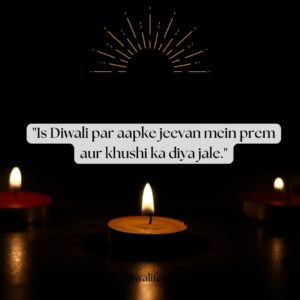
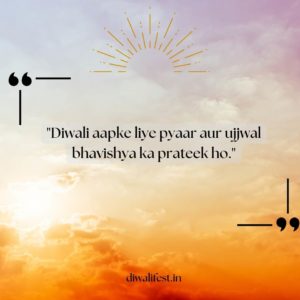


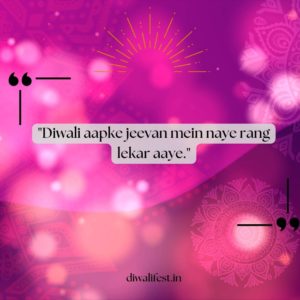
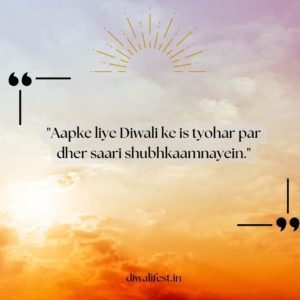
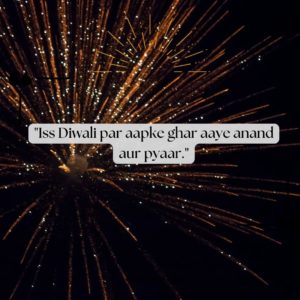

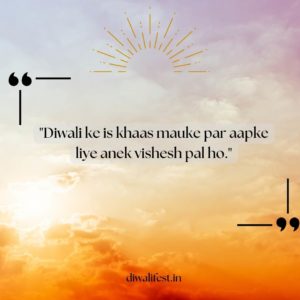
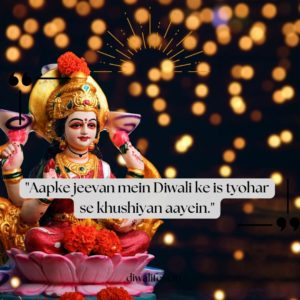
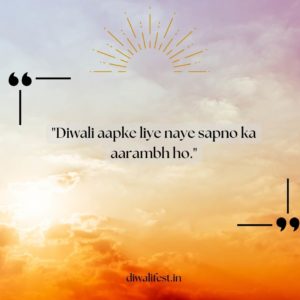
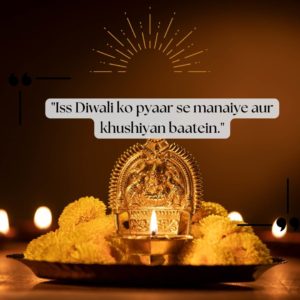
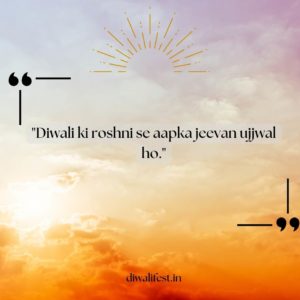
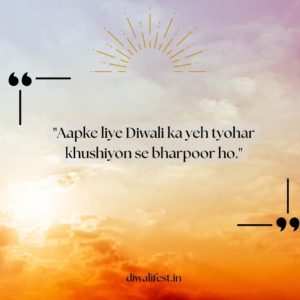
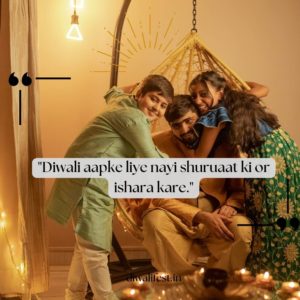
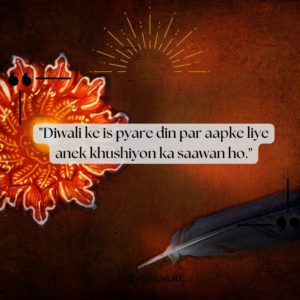
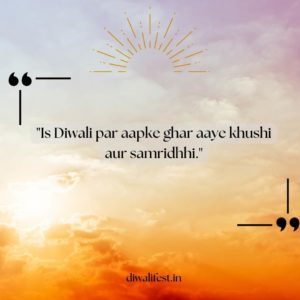
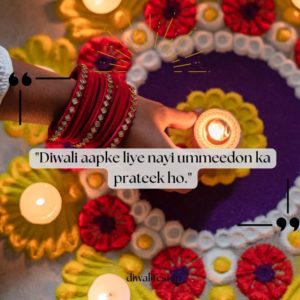
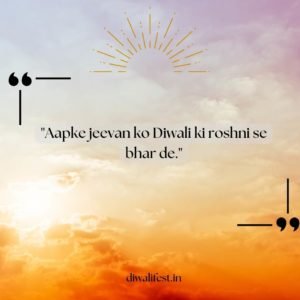
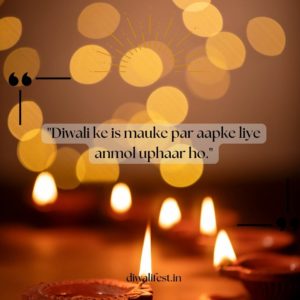

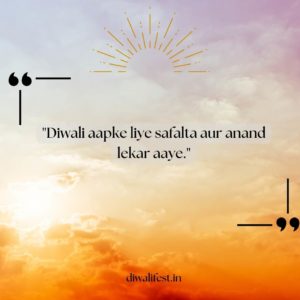


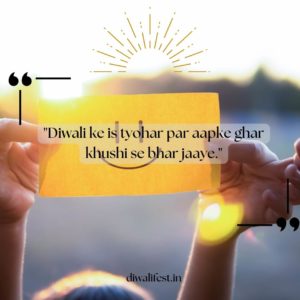
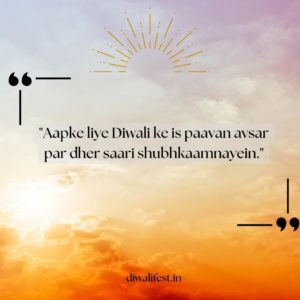
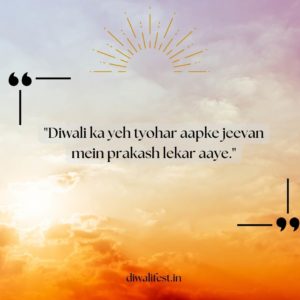
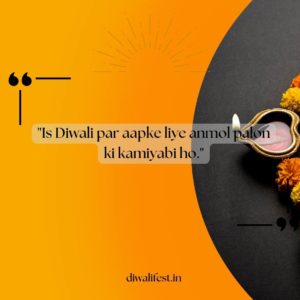
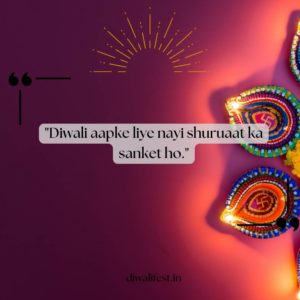
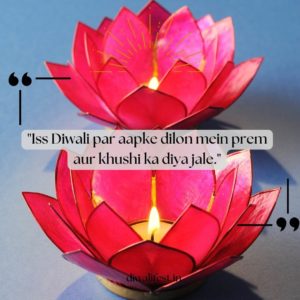
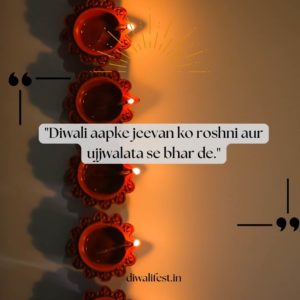
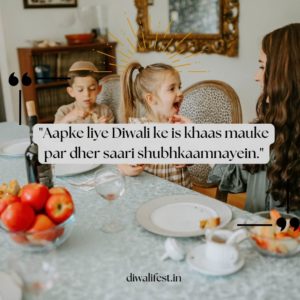
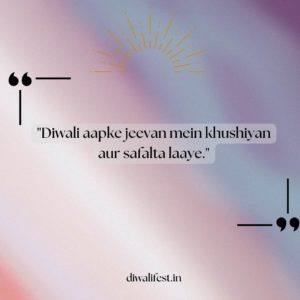
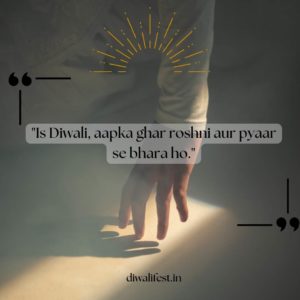
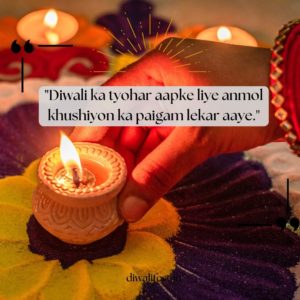

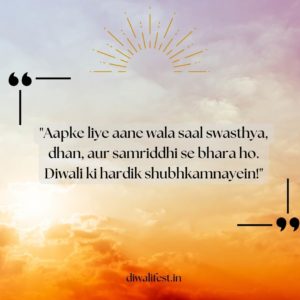


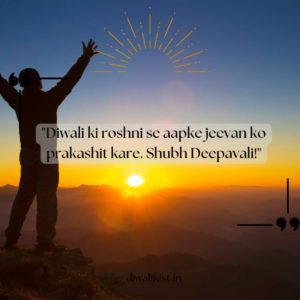


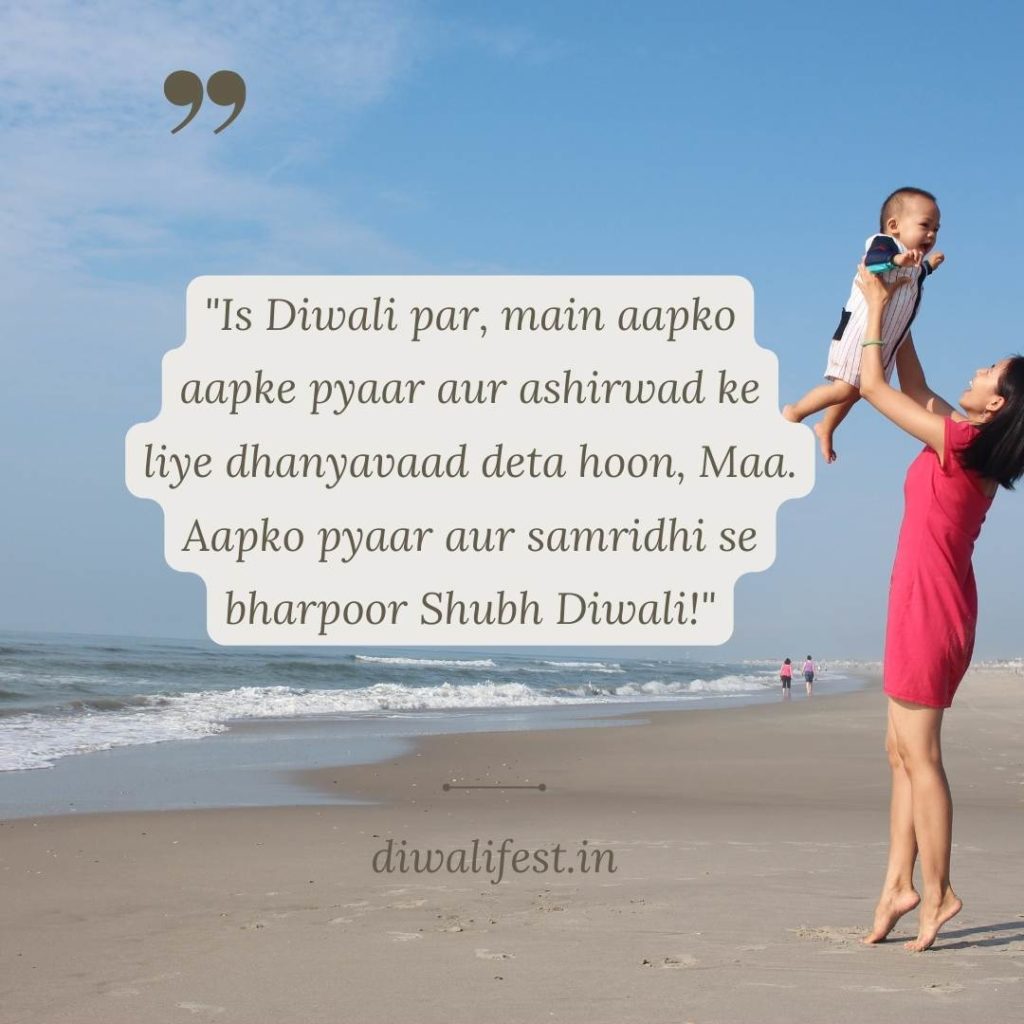
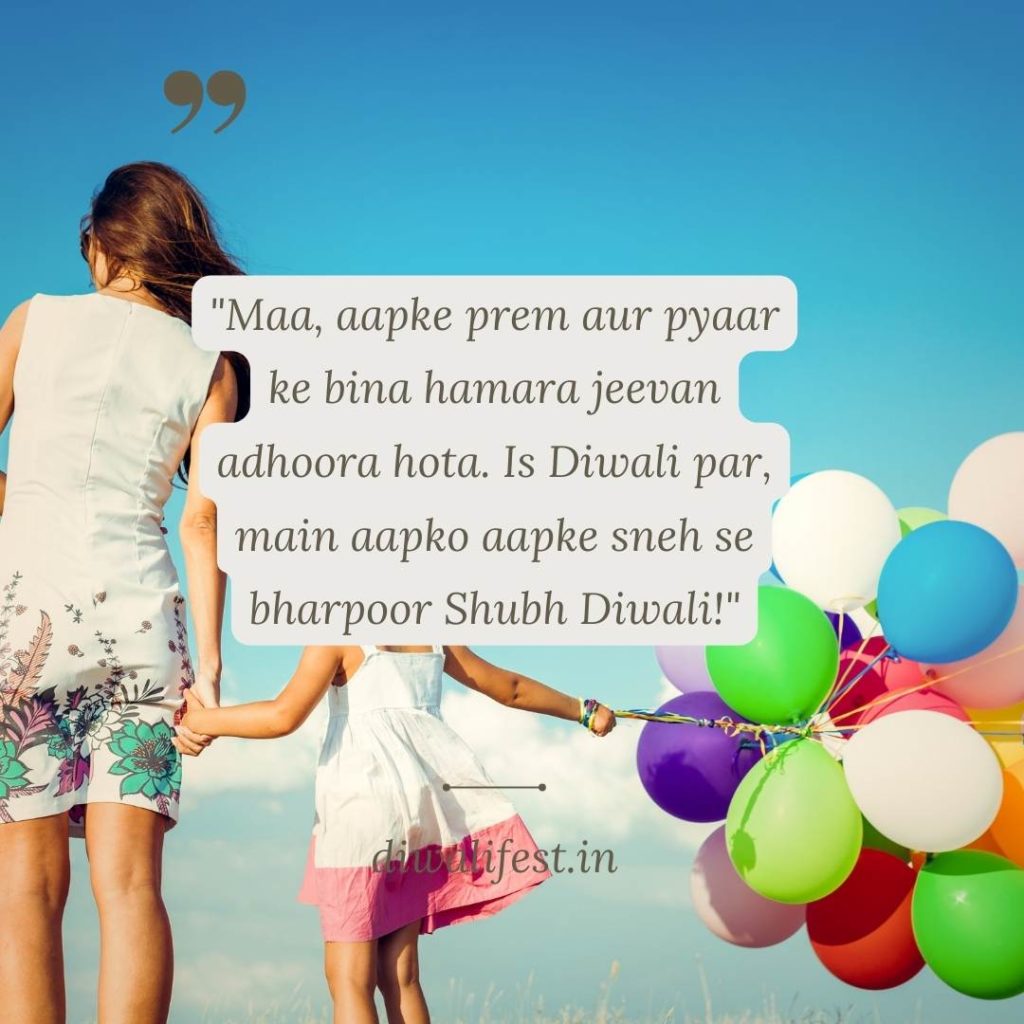
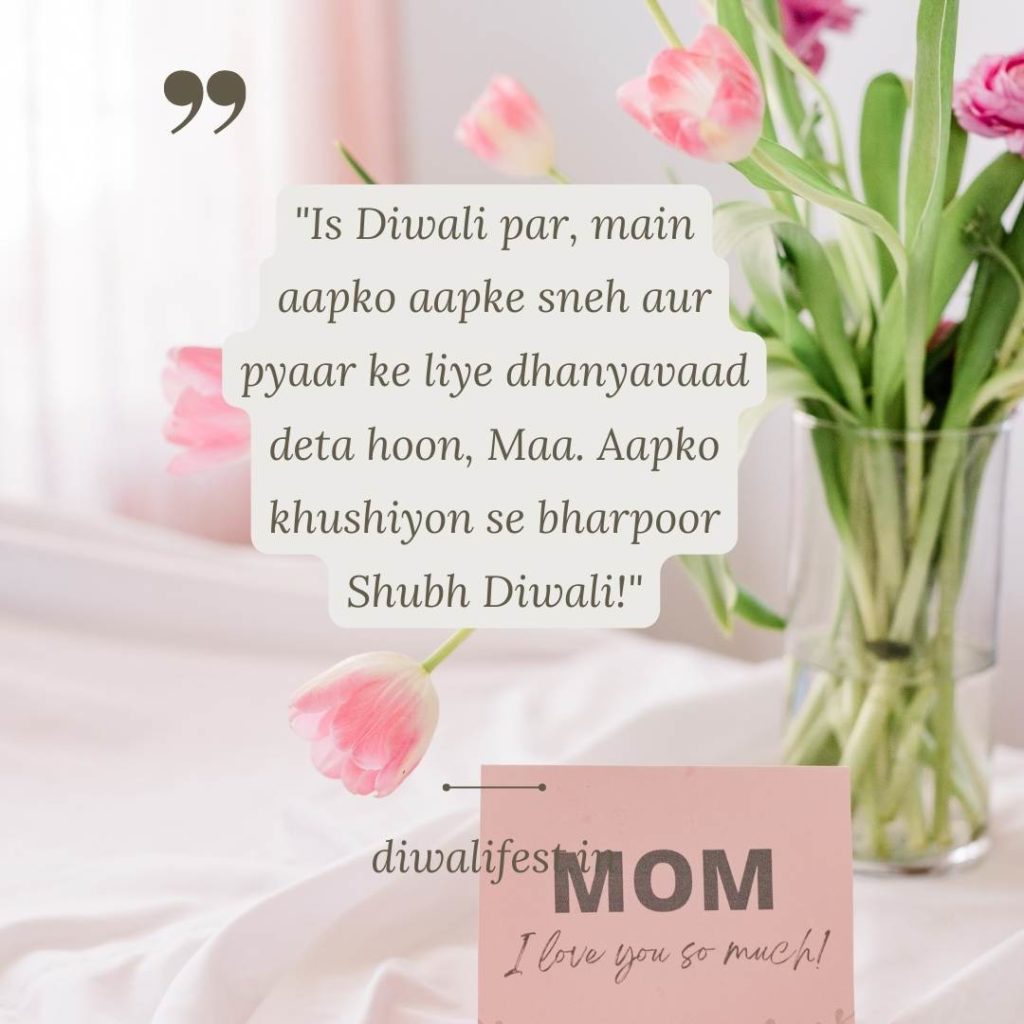
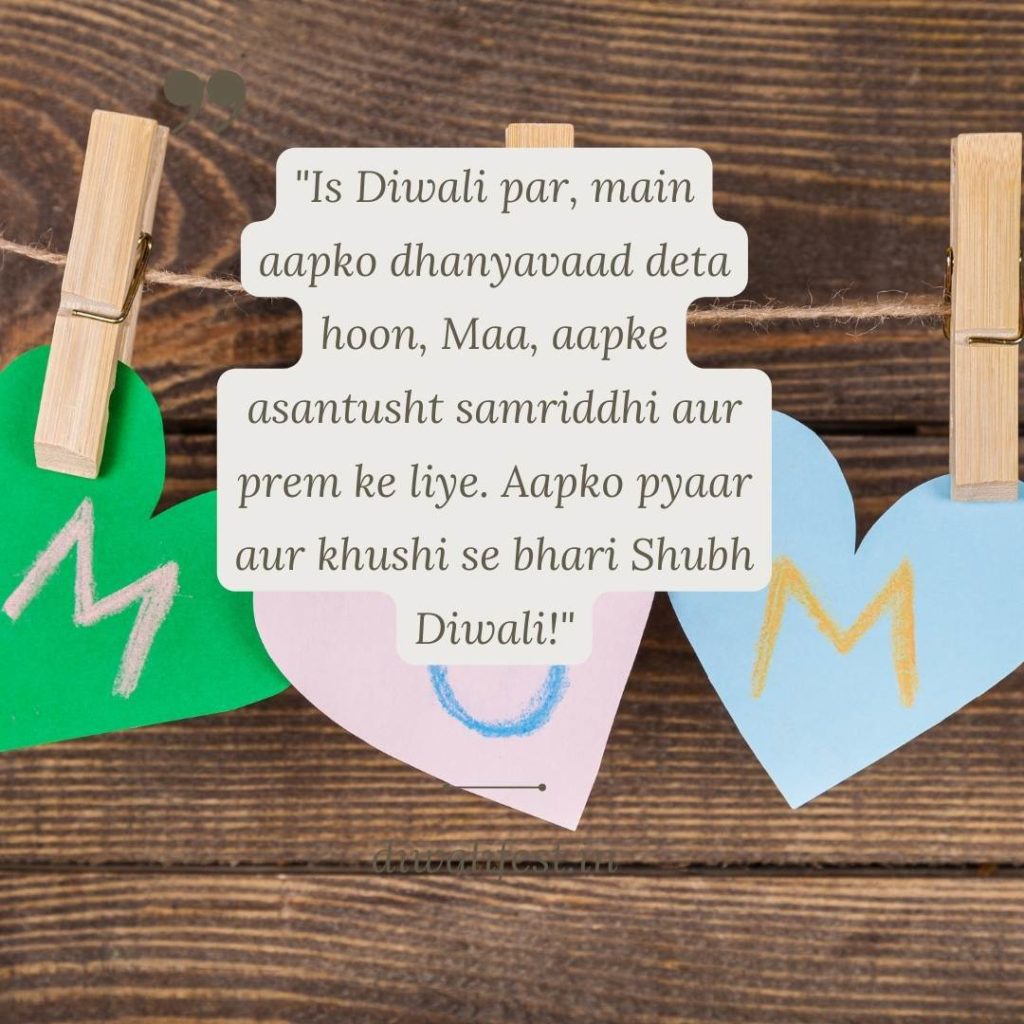
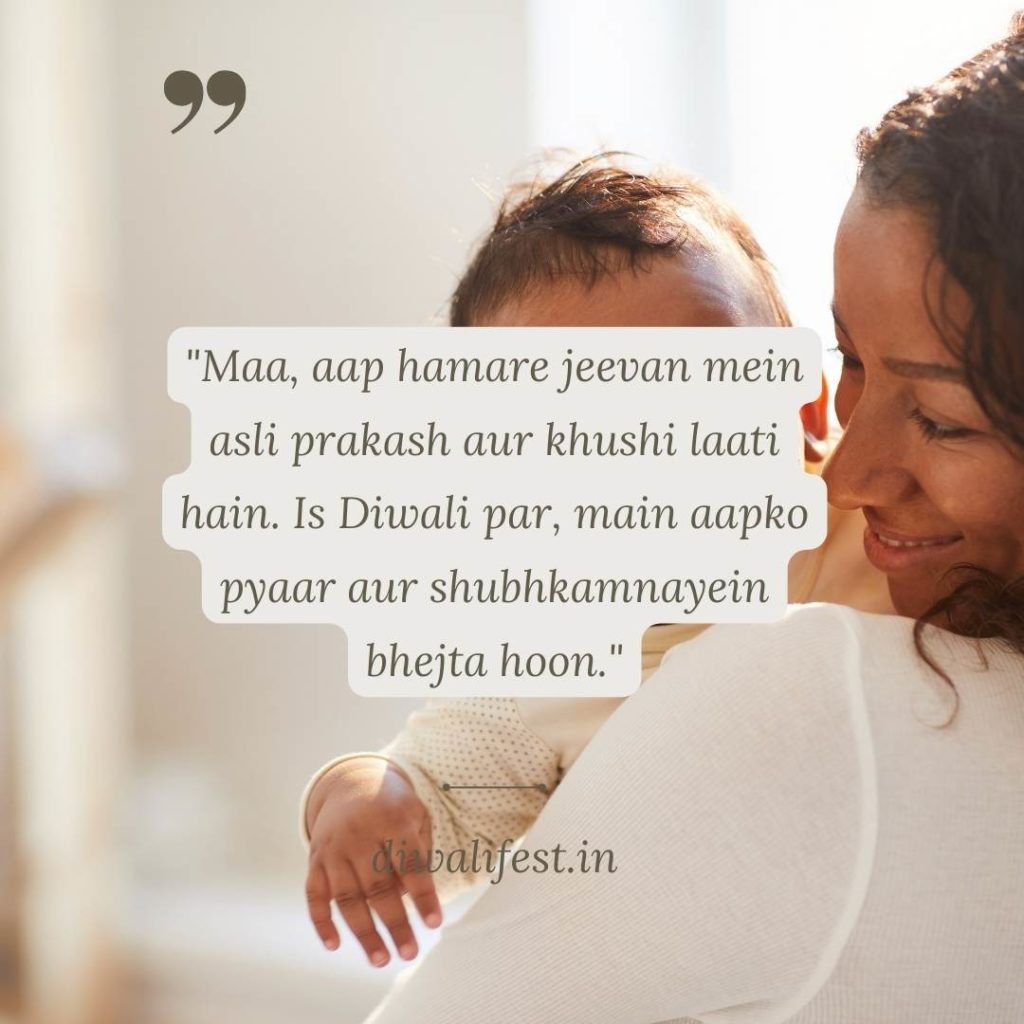
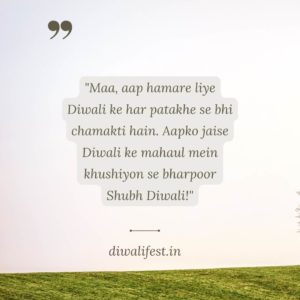
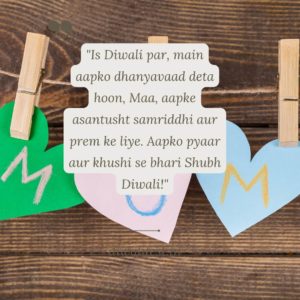
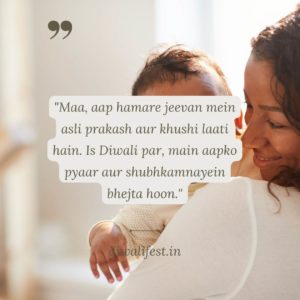
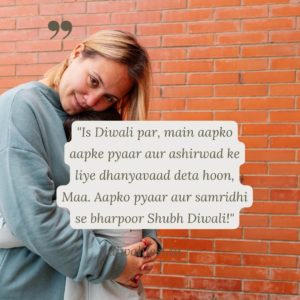
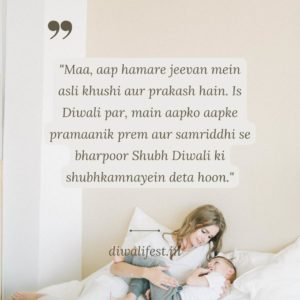
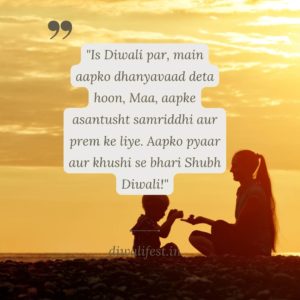
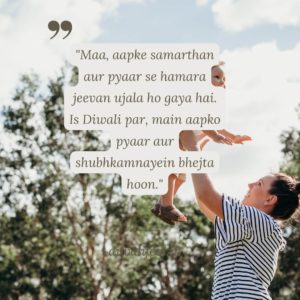
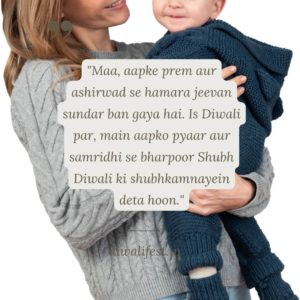

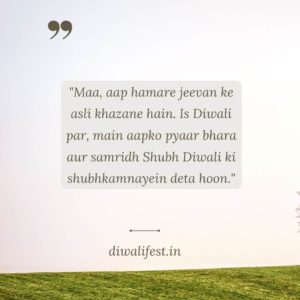
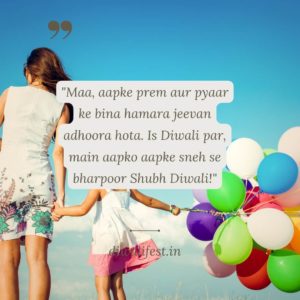
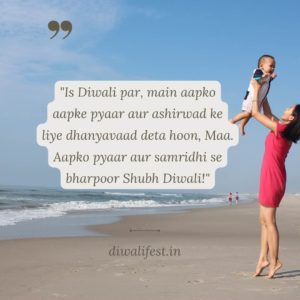
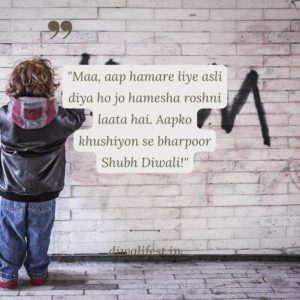
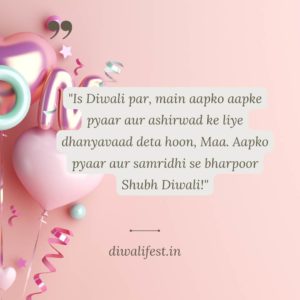
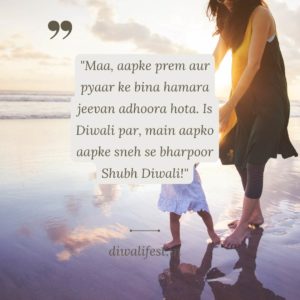
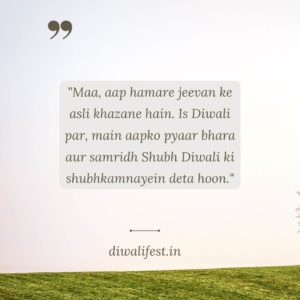
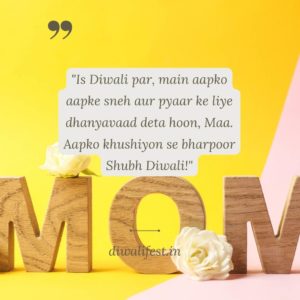
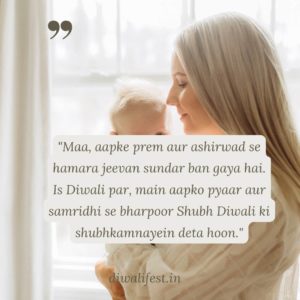

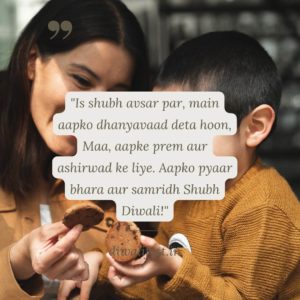
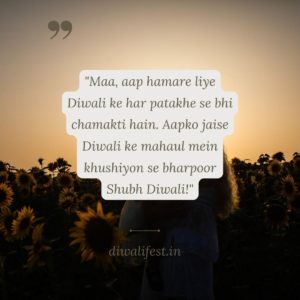
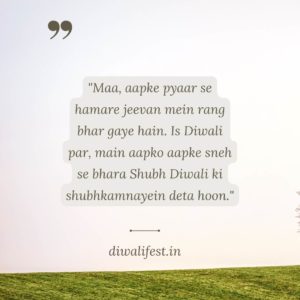
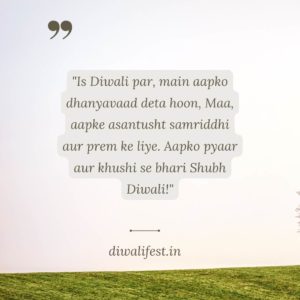

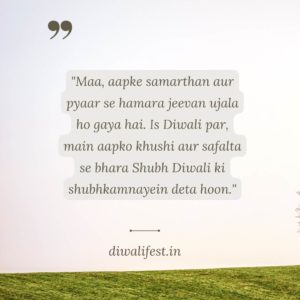
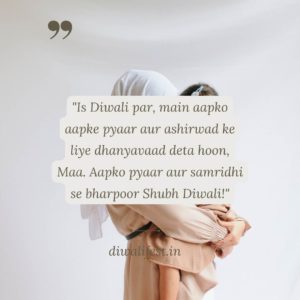


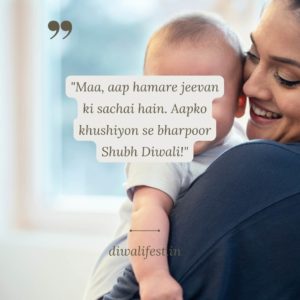
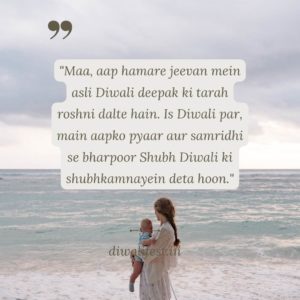
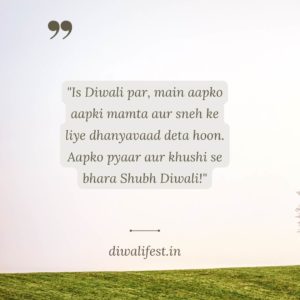
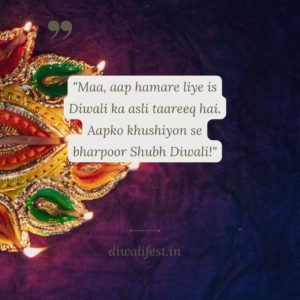
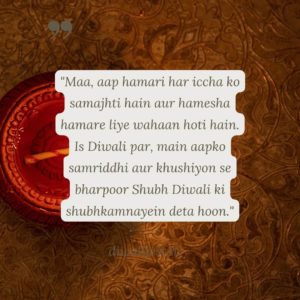
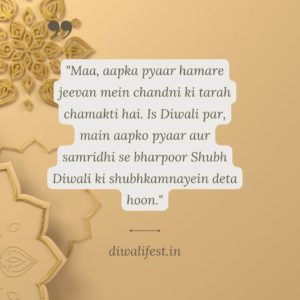
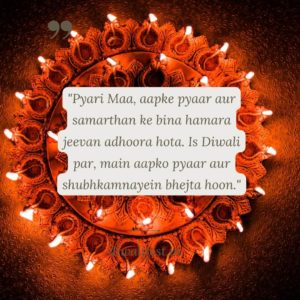
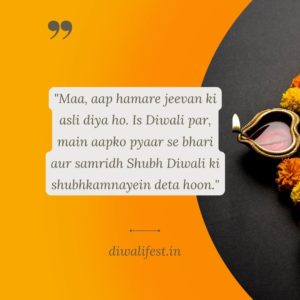
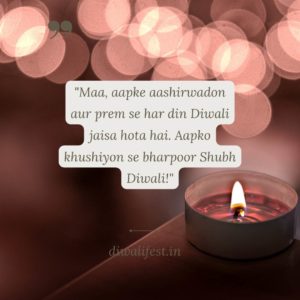
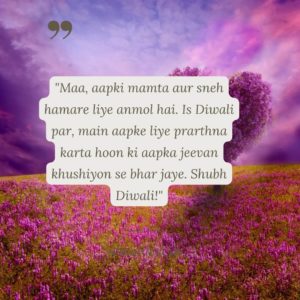
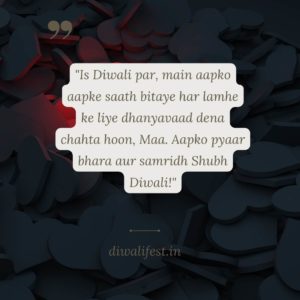
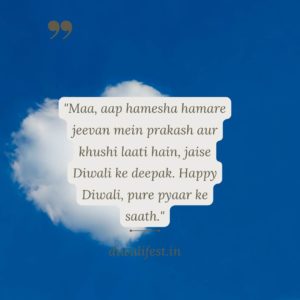


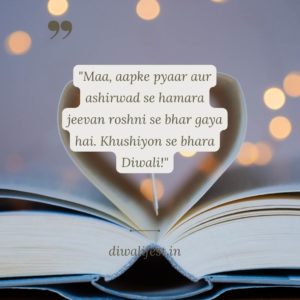
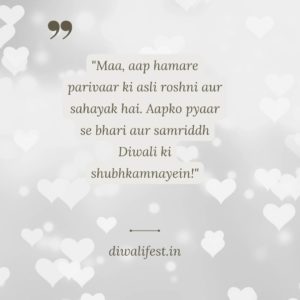
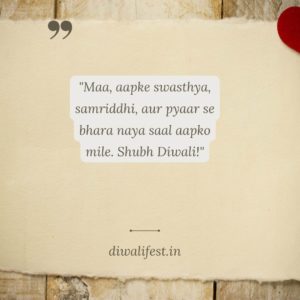





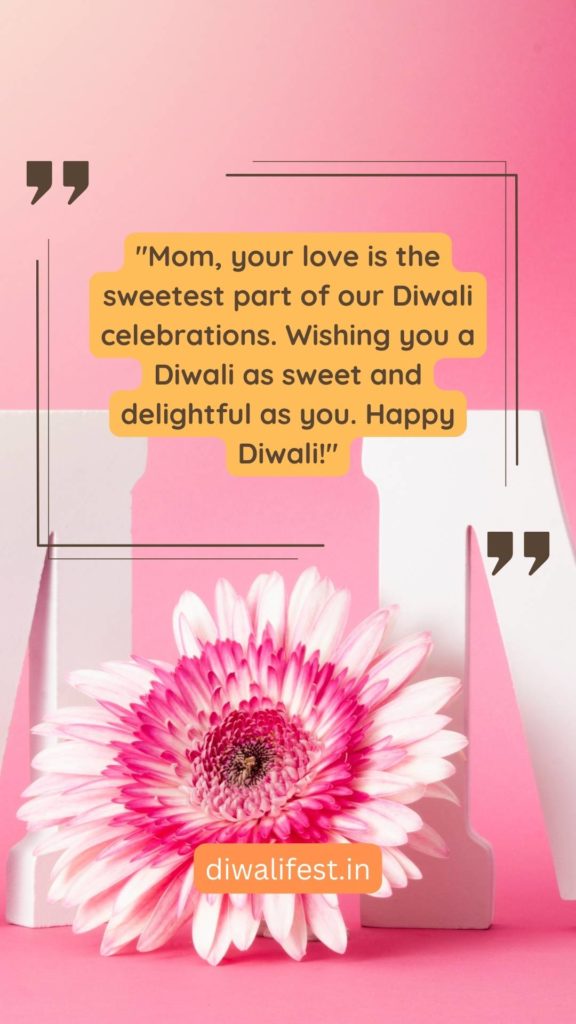 Diwali, the festival of lights, is a time for celebration, joy, and togetherness. It’s a time when families gather to celebrate light winning over darkness and good triumphing over evil. But for me, Diwali has always been more than just a festival; it’s a time to express my love and appreciation for the most important woman in my life – my mom.
Diwali, the festival of lights, is a time for celebration, joy, and togetherness. It’s a time when families gather to celebrate light winning over darkness and good triumphing over evil. But for me, Diwali has always been more than just a festival; it’s a time to express my love and appreciation for the most important woman in my life – my mom.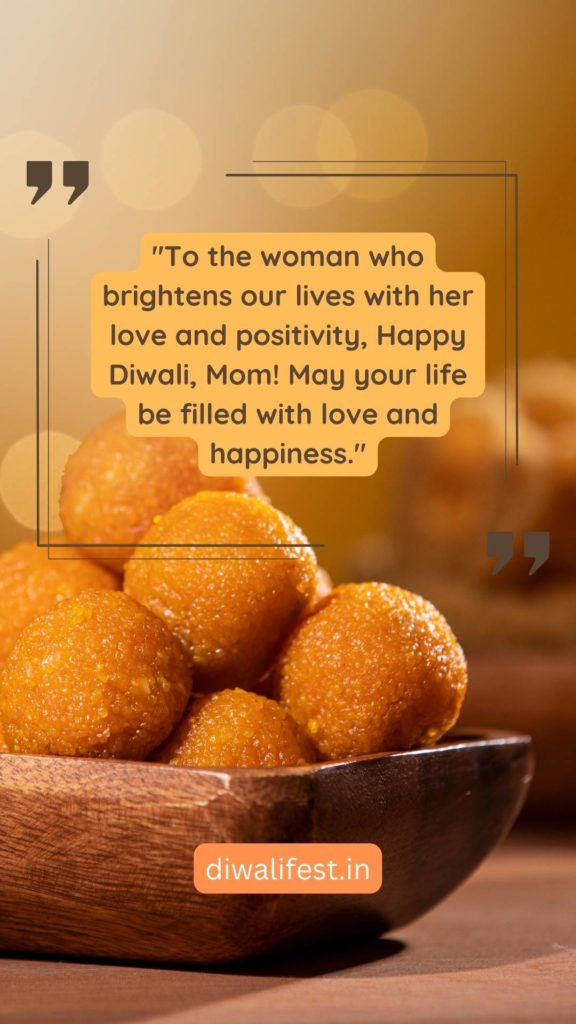 My mom’s culinary skills shine the brightest regarding Diwali sweets and snacks. She spends hours in the kitchen, preparing an array of delectable treats that are not only delicious but also filled with her love and care. Her hands work tirelessly, creating mouthwatering dishes like gulab jamun, jalebi, and samosas. As the aroma wafts through the house, it’s a reminder of the warmth and comfort she has always provided me.
My mom’s culinary skills shine the brightest regarding Diwali sweets and snacks. She spends hours in the kitchen, preparing an array of delectable treats that are not only delicious but also filled with her love and care. Her hands work tirelessly, creating mouthwatering dishes like gulab jamun, jalebi, and samosas. As the aroma wafts through the house, it’s a reminder of the warmth and comfort she has always provided me.



